Black Friday is one of the most profitable times of the year for every business. Every year, buyers and customers eagerly wait for this day. Because on this day, they usually get huge discounts, which gives them a chance to buy the products they have been planning to get all year long.
As a result, this occasion also presents a great opportunity for various types of businesses to generate maximum revenue for the year. But success on this day doesn’t come by chance. It needs smart planning and preparation. That’s where a complete Black Friday checklist can make all the difference.
You need to plan every step, from marketing campaigns to inventory, website speed, and customer support. To help you out, we’ll cover a comprehensive Black Friday checklist with a detailed discussion. Whether you run an online store or a physical store, this guide will be equally helpful.
Get started!
What Makes Black Friday So Important for Every Business
The Black Friday campaign is not limited to a single day of discounts. For most businesses, it marks the beginning of a week-long or even two-week-long sales season. Right after Black Friday, another major shopping event called Cyber Monday takes place, which keeps the momentum going.
This extended campaign helps them reach new buyers who missed out on the initial rush. This also strengthens their brand visibility across digital platforms. If we look at the numbers, it’s easy to understand why businesses take these campaigns so seriously.
According to the charts, online Black Friday sales rose from $9.0 billion in 2020 to $10.8 billion in 2024.
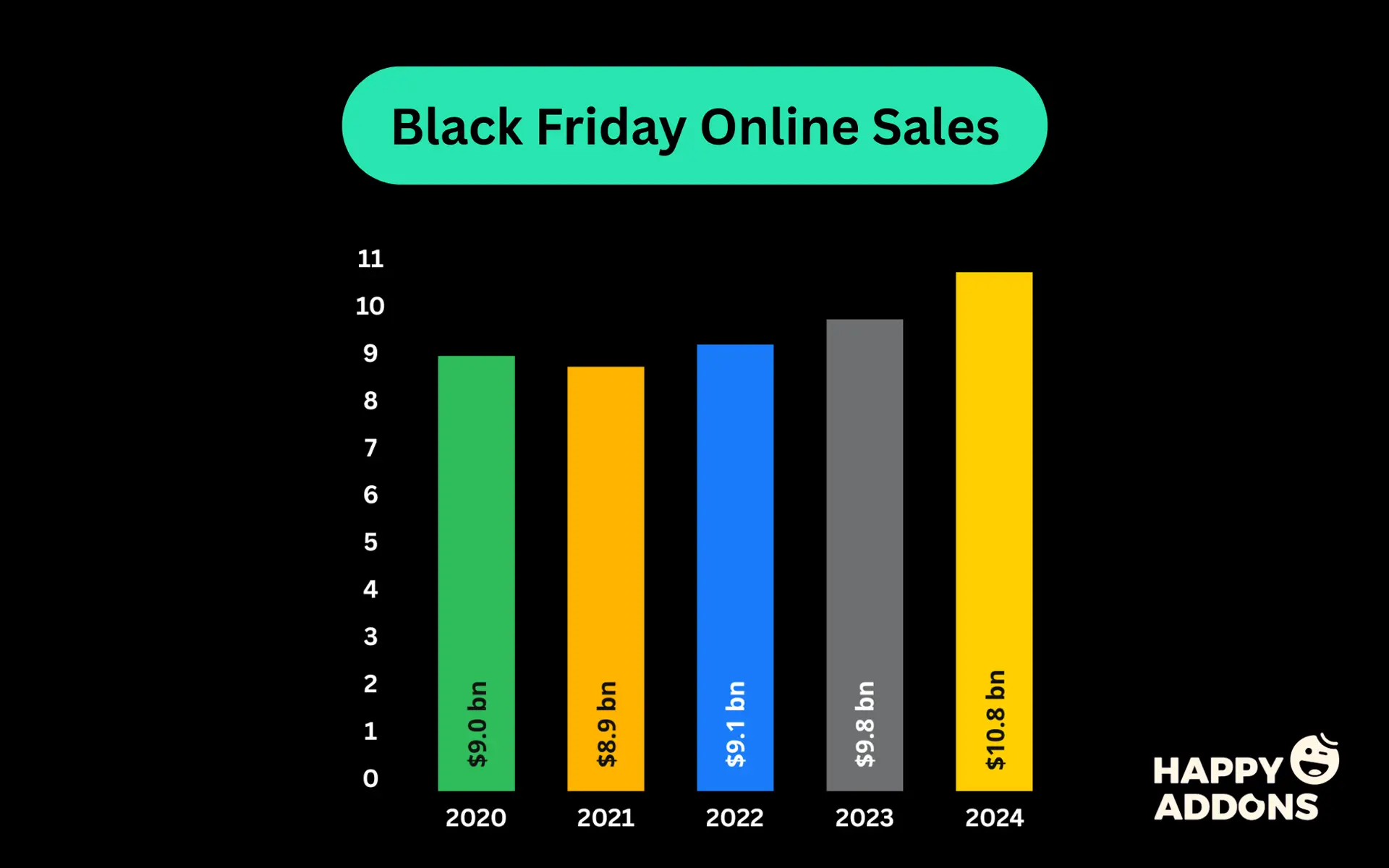
Similarly, Cyber Monday sales increased significantly, from $10.7 billion in 2020 to a record-breaking $13.1 billion in 2024. This consistent rise demonstrates the continued growth of the digital shopping trend year after year.
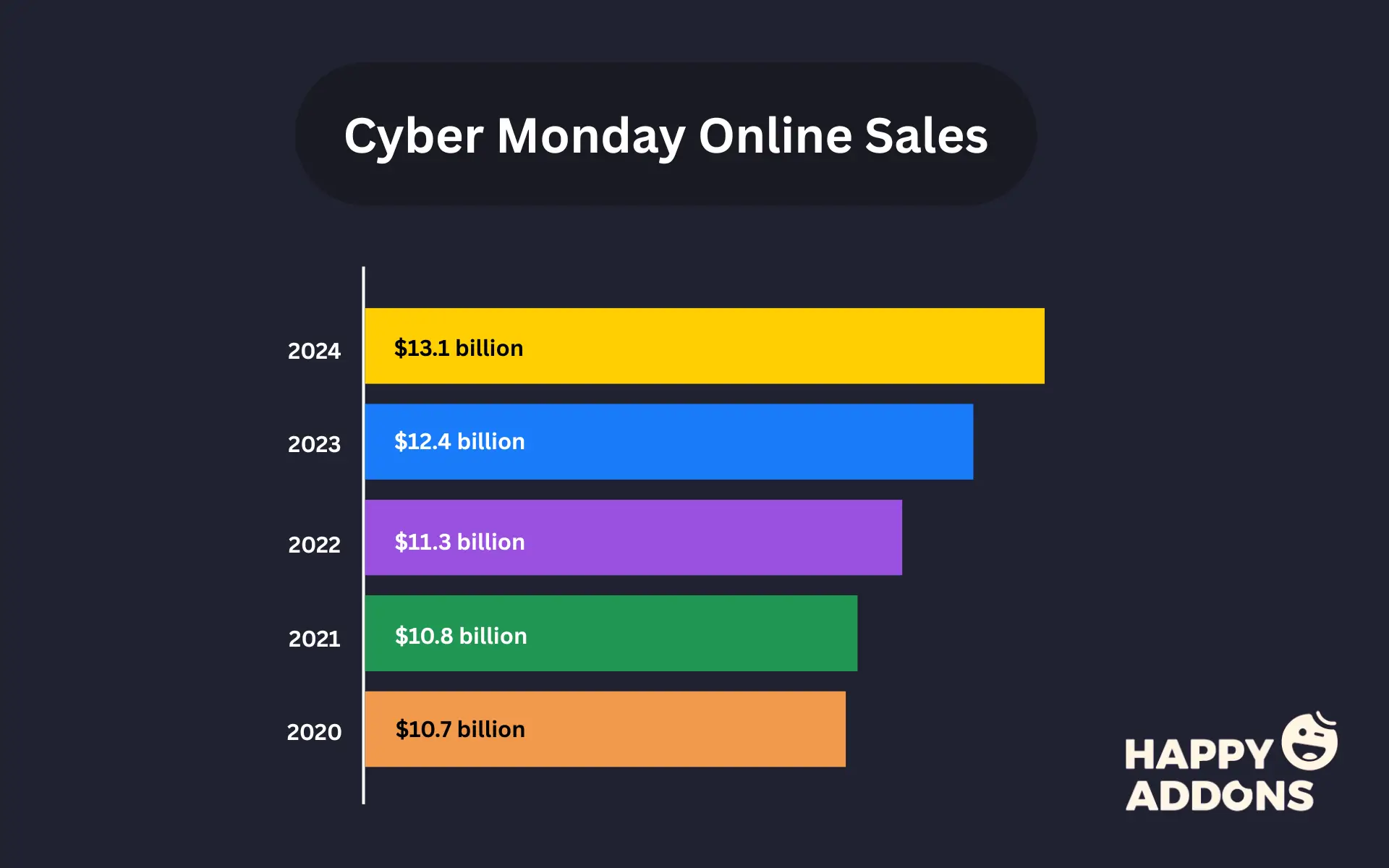
Interestingly, businesses that plan their Black Friday checklist well often find their Cyber Monday campaign turning into a massive success as well.
Ultimate Black Friday Checklist for Businesses
Having a good plan at hand means you have already won half the battle. It’s impossible to win in this highly competitive world, beating lots of competitors, unless you have a solid plan at hand. So does Black Friday. This is why most successful business organizations follow a checklist ahead of this festival.
Below, we’ve listed and discussed those checklist points so you can have an idea of how you can prepare yourself for the next Black Friday and Cyber Monday season. We have divided those points into several sections. Let’s explore them!
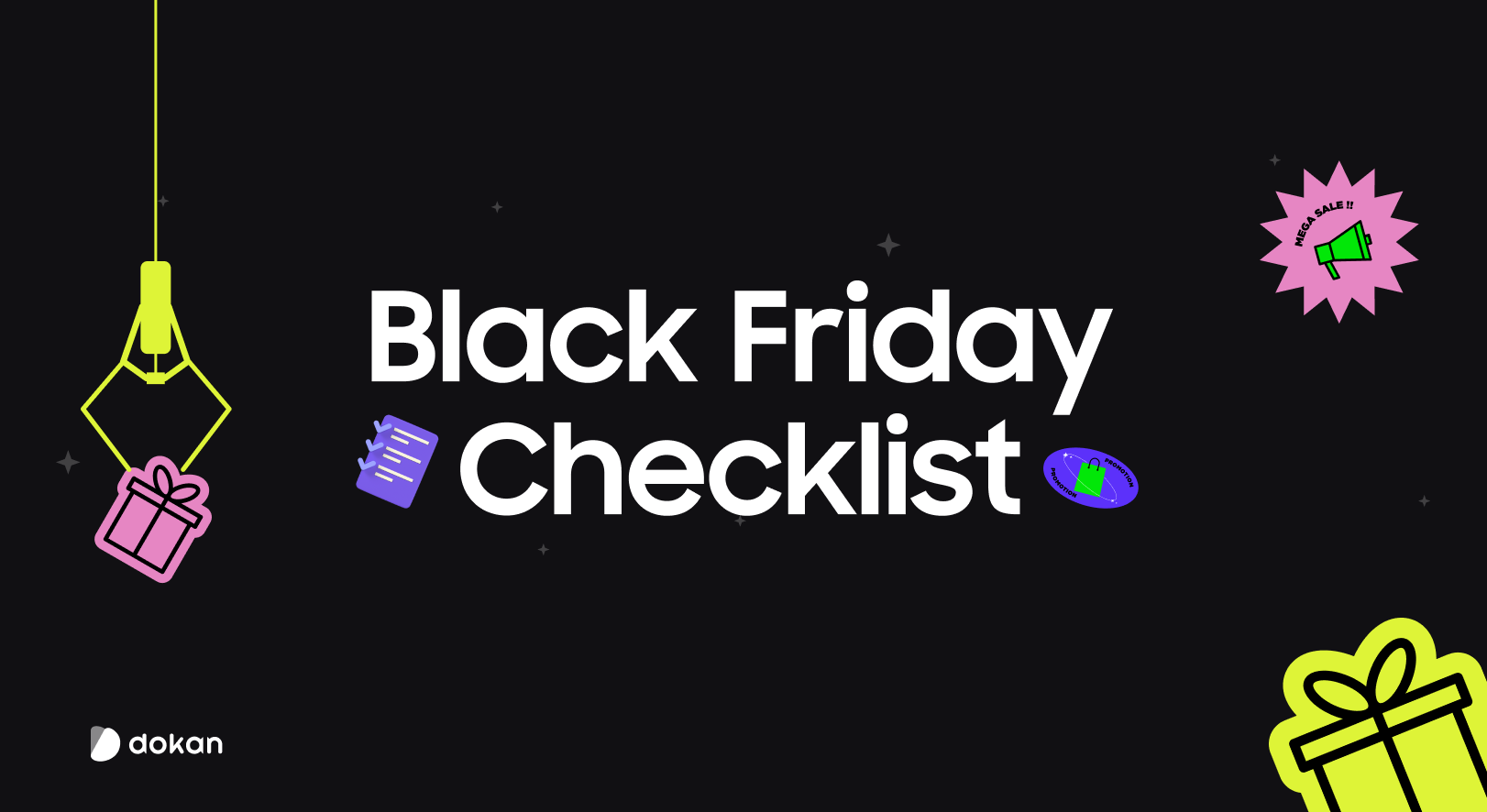
Early Planning & Strategy
Success on Black Friday starts long before the big day. Careful planning helps you avoid last-minute stress and ensures every part of your campaign works smoothly. This section covers the key steps to prepare your goals, analyze data, and set up a winning strategy.
1. Start Early
Black Friday success doesn’t happen overnight. You must start preparing at least two months before the sale begins. Early planning helps you spot potential problems before they cause damage. It gives you time to test your website, prepare marketing materials, and ensure your team is ready.
When you plan early, you can negotiate better deals with suppliers and organize your inventory properly. Starting ahead also means you can launch pre-sale campaigns to attract attention before competitors do.
Businesses that start early often experience less stress and higher profits.
2. Set Clear Goals
Every strong campaign begins with clear goals. You need to know what you want to achieve during the Black Friday sale. Is your aim to boost sales, attract new customers, or clear out old stock? Having measurable targets like ‘increase sales by 25%’ or ‘gain 2,000 new subscribers’ helps guide your decisions.
These goals will shape your budget, your marketing strategy, and your promotions. Without them, you might waste time and money on tactics that don’t move the needle. Make sure your goals are realistic and backed by data. Share them with your team so everyone works toward the same direction.
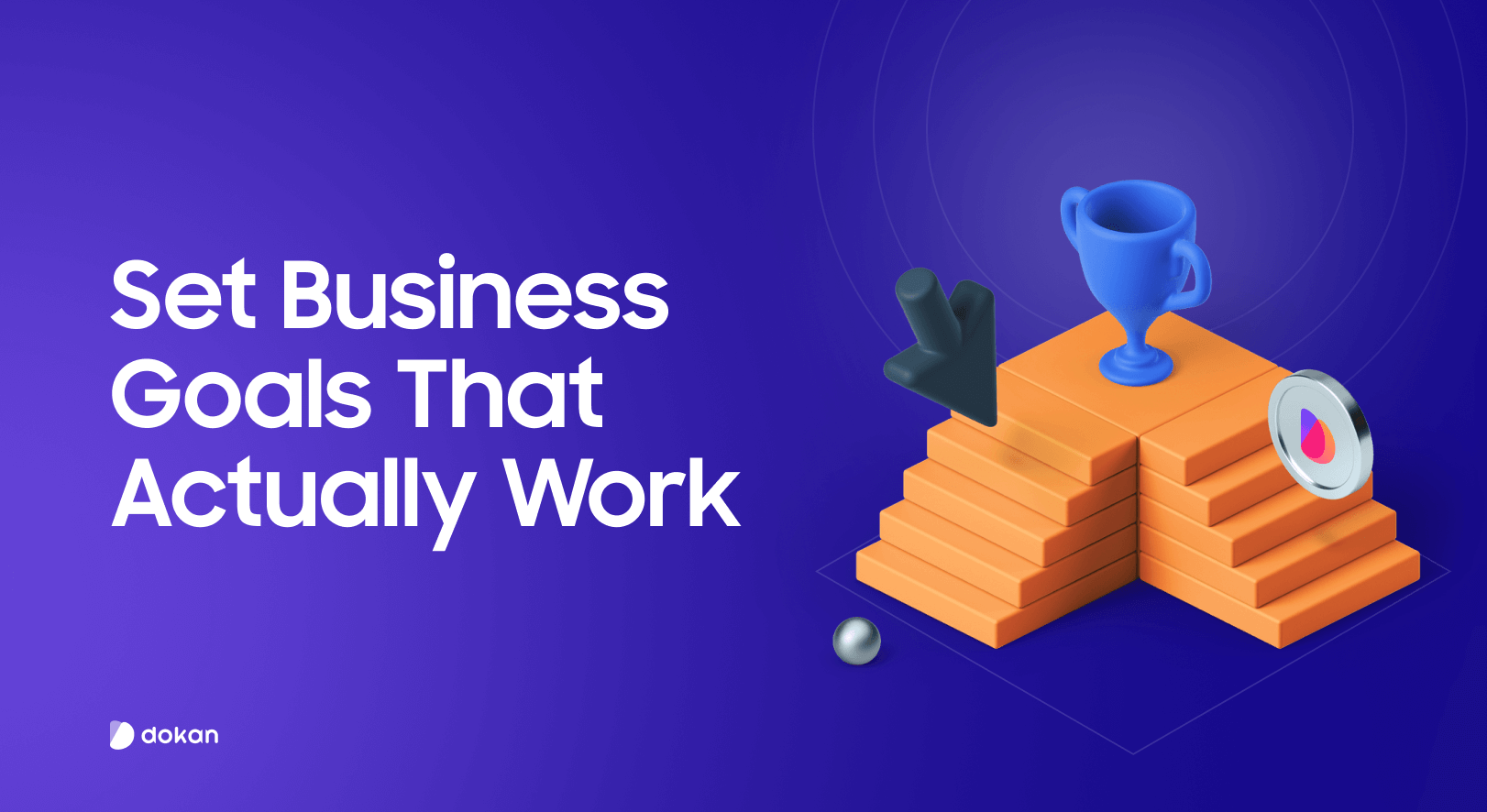
3. Review Past Data
Before you start planning this year’s sale, look at how you performed last year. Check which products sold the most, which promotions worked, and which channels brought the most traffic. Also, find out where things went wrong. Maybe your website crashed or your ads didn’t convert.
Past data is like a mirror. It shows both your strengths and your weaknesses. Use this information to make smarter decisions this time.
For example, if a product sold out too quickly last year, increase its stock. If an ad campaign gave poor results, replace it with a better approach.

4. Study Competitors
Your competitors can teach you a lot without even realizing it. Take time to research what they did during the previous Black Friday season. Look at their discounts, product bundles, website design, and ad copy. Check how they engage customers through social media and email.
Identify what seemed to work well for them and where they fell short. The goal isn’t to copy but to learn and improve your own approach.
If you see every store offering flat discounts, maybe you can stand out with free gifts or loyalty rewards instead. Smart observation can give you an extra edge.
5. Extend Sale Duration
Black Friday no longer means just one day of shopping. Many successful brands now run their sales for an entire week or even longer. Extending your campaign allows you to reach more customers who might miss the one-day rush. It also helps you spread traffic across several days.
You can start with a ‘Pre-Black Friday Sale’ to warm up customers and follow it with a ‘Cyber Week’ to maintain momentum. This extended timeline also gives buyers more time to decide and increases total sales volume. You can introduce different offers each day to keep excitement alive.
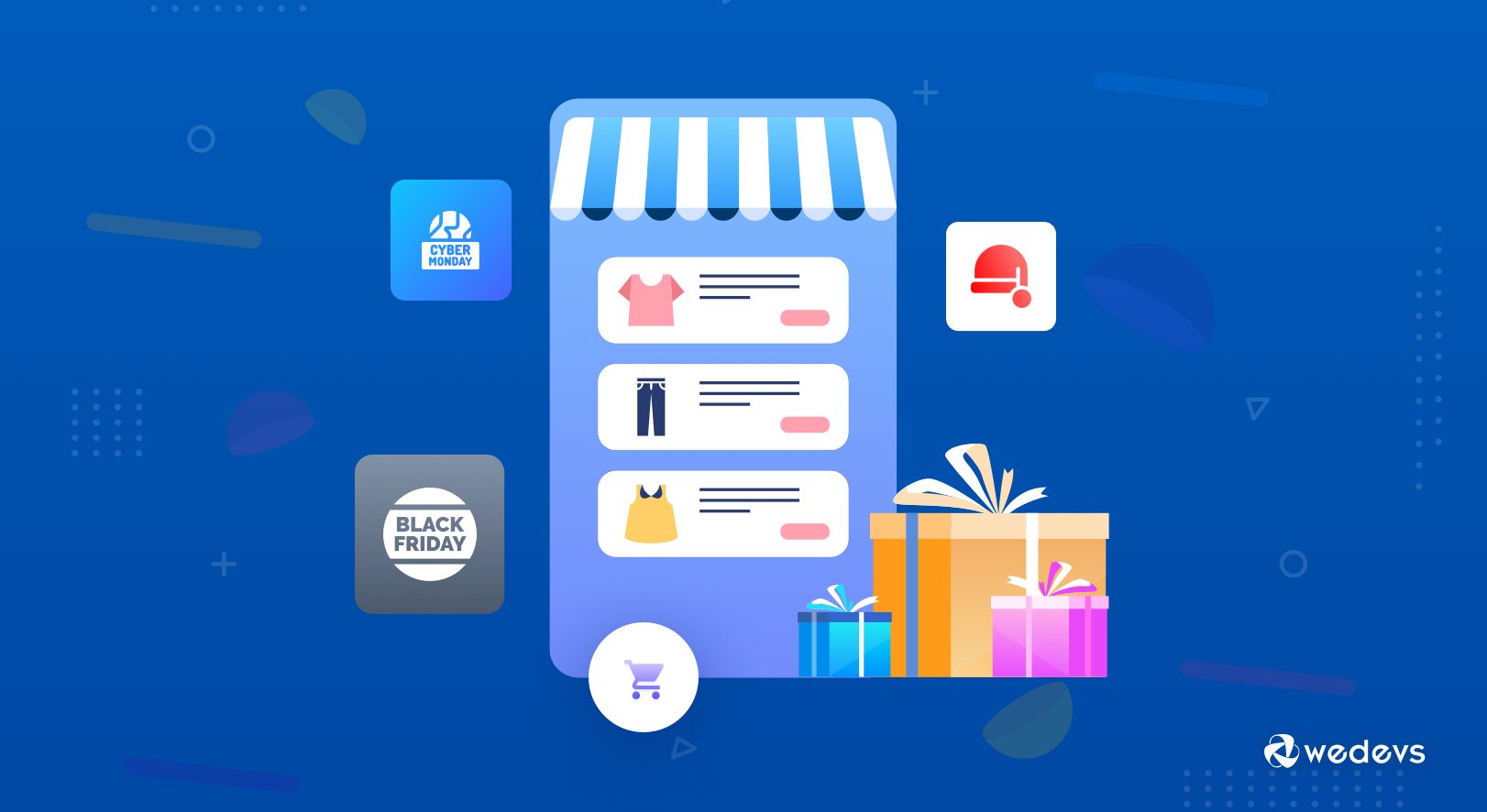
6. Forecast BFCM Trends
To stay ahead of the competition, you must understand what customers want this year. Study current market trends and consumer behaviors for Black Friday and Cyber Monday. Look for rising product categories or popular marketing angles in your industry.
Use Google Trends, Shopify data, and other analytics tools to spot patterns early. For example, if eco-friendly or tech products are trending, adjust your inventory and ads accordingly. Instead of promoting random items, you can focus on what people already plan to buy.
The better your forecast, the more relevant and timely your campaign will be. Trend awareness can make the difference between average sales and record-breaking ones.
7. Pick Featured Products
You can’t promote everything during Black Friday, and you shouldn’t try to. Focus on a few key products that can bring you the most attention and profit. Choose items that are popular, high-margin, or have strong customer demand. These will become your ‘hero’ products for the sale.
Make sure you have enough stock to avoid disappointing buyers. Also, prepare attractive visuals and clear descriptions for these items. If possible, bundle them with smaller products to raise the average order value. Promoting a limited set of items keeps your campaign simple and powerful.

8. Plan Discounts & Bundles
Discounts are the main attraction of Black Friday, but they need careful planning. You must find the right balance between appealing offers and healthy profit margins. Consider mixing flat discounts, percentage cuts, and product bundles. Bundling is an excellent way to move multiple items while maintaining value.
For instance, offer a ‘Buy 2 Get 1’ deal or create theme-based bundles like ‘Home Office Essentials.’ Plan these promotions early so your marketing materials match your pricing. Also, ensure your discount system works smoothly across your website and checkout.
9. Offer Early Access
Creating early access to your deals builds excitement and loyalty. Let your subscribers or existing customers shop before the general public. This makes them feel special and appreciated. You can send an exclusive early-access link via email or SMS. It’s also a great way to test your systems
Early access shoppers often provide valuable feedback that helps you make small improvements in time. These private pre-sales help build trust and anticipation. By the time the public sale begins, your loyal fans will have already become your biggest promoters.
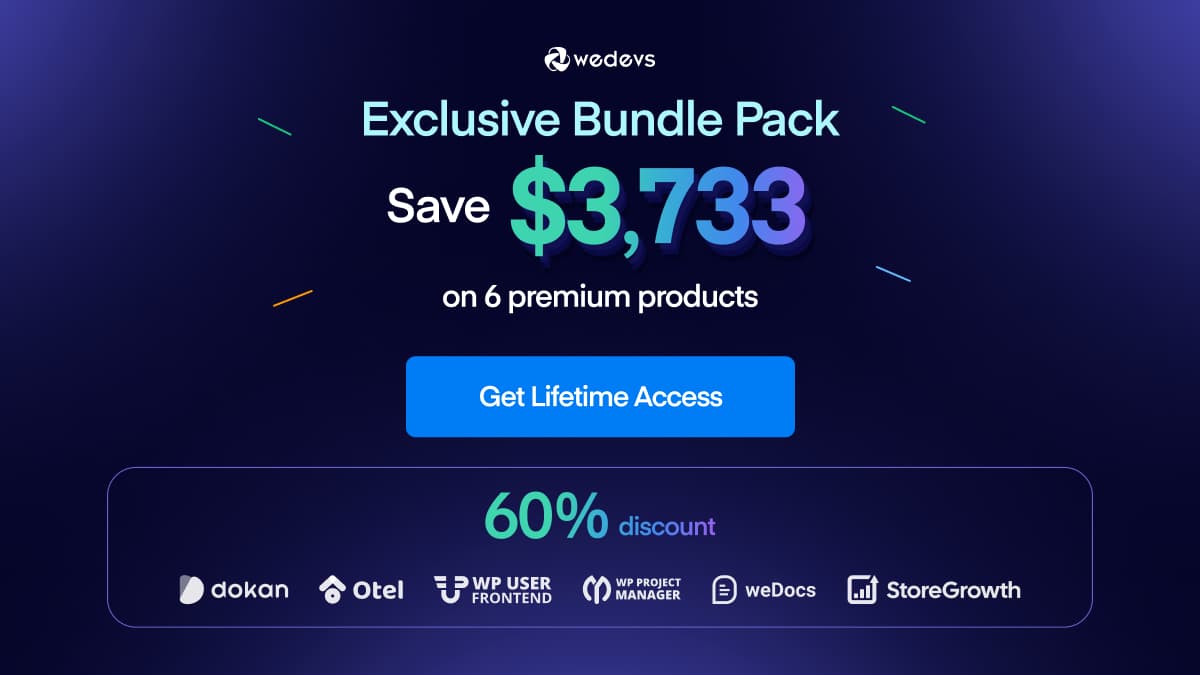
10. Create Backup Plan
Even the best plans can fail when traffic spikes or suppliers delay shipments. That’s why you need a backup strategy ready to go. Prepare alternative suppliers for your best-selling items. Have a backup payment gateway in case your main one crashes.
Ensure your hosting provider can help you quickly scale resources if traffic suddenly doubles. Train your support team to handle unexpected issues with calm and clarity. Backup plans also apply to your marketing. If one channel underperforms, shift your focus to another.
Technical & Website Readiness
Your website is the backbone of your Black Friday success. If it’s slow, unprepared, or difficult to navigate, you risk losing thousands of potential sales. Preparing your site for high traffic, mobile users, and smooth checkout ensures a seamless shopping experience.
11. Test Site Speed
Website speed is crucial during Black Friday because even a few seconds of delay can lose customers. Run load tests to simulate high traffic and see how your site performs under pressure. Optimize images, compress files, and use caching to reduce page load times.
If your hosting cannot handle the expected surge, consider upgrading temporarily or using a content delivery network (CDN). Fast websites improve user experience and boost conversion rates, especially on mobile devices. Monitor server response and page rendering to catch any bottlenecks.
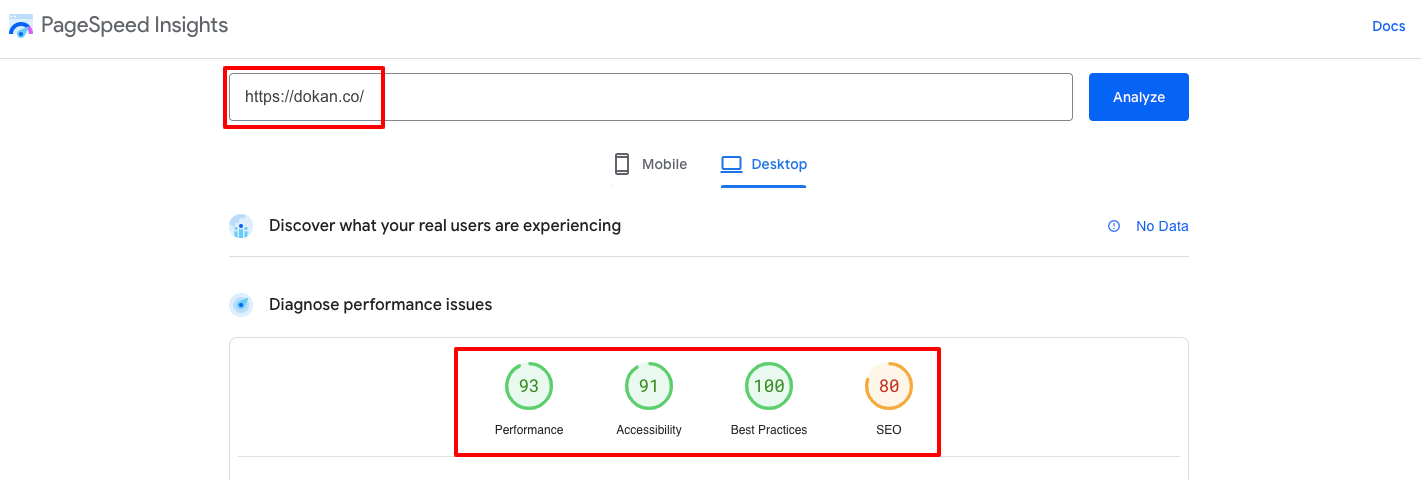
12. Optimize for Mobile
Most Black Friday shoppers use smartphones, so mobile optimization is essential. Make sure product pages, menus, and checkout flows are easy to navigate on small screens. Use large buttons, concise text, and readable fonts to enhance usability. Test all forms, links, and popups on mobile devices to prevent errors.
Mobile-friendly pages load faster, which reduces bounce rates and keeps buyers engaged. Don’t forget to test the payment process on phones and tablets. A flawless mobile experience can significantly increase your conversion rate. Ignoring mobile optimization can cost you a huge chunk of potential sales.
13. Ensure Browser Compatibility
Not every customer uses the same browser, so your website must work across major browsers like Chrome, Firefox, Safari, and Edge. Differences in coding or layout can cause elements to break, leading to a poor shopping experience. Test your site on both desktop and mobile versions of each browser.
Check menus, buttons, popups, and checkout flows to make sure everything functions properly. Browser compatibility ensures that all customers can access your deals smoothly. Small visual glitches can reduce trust and push visitors away. Fixing these issues ahead of time prevents last-minute panic.
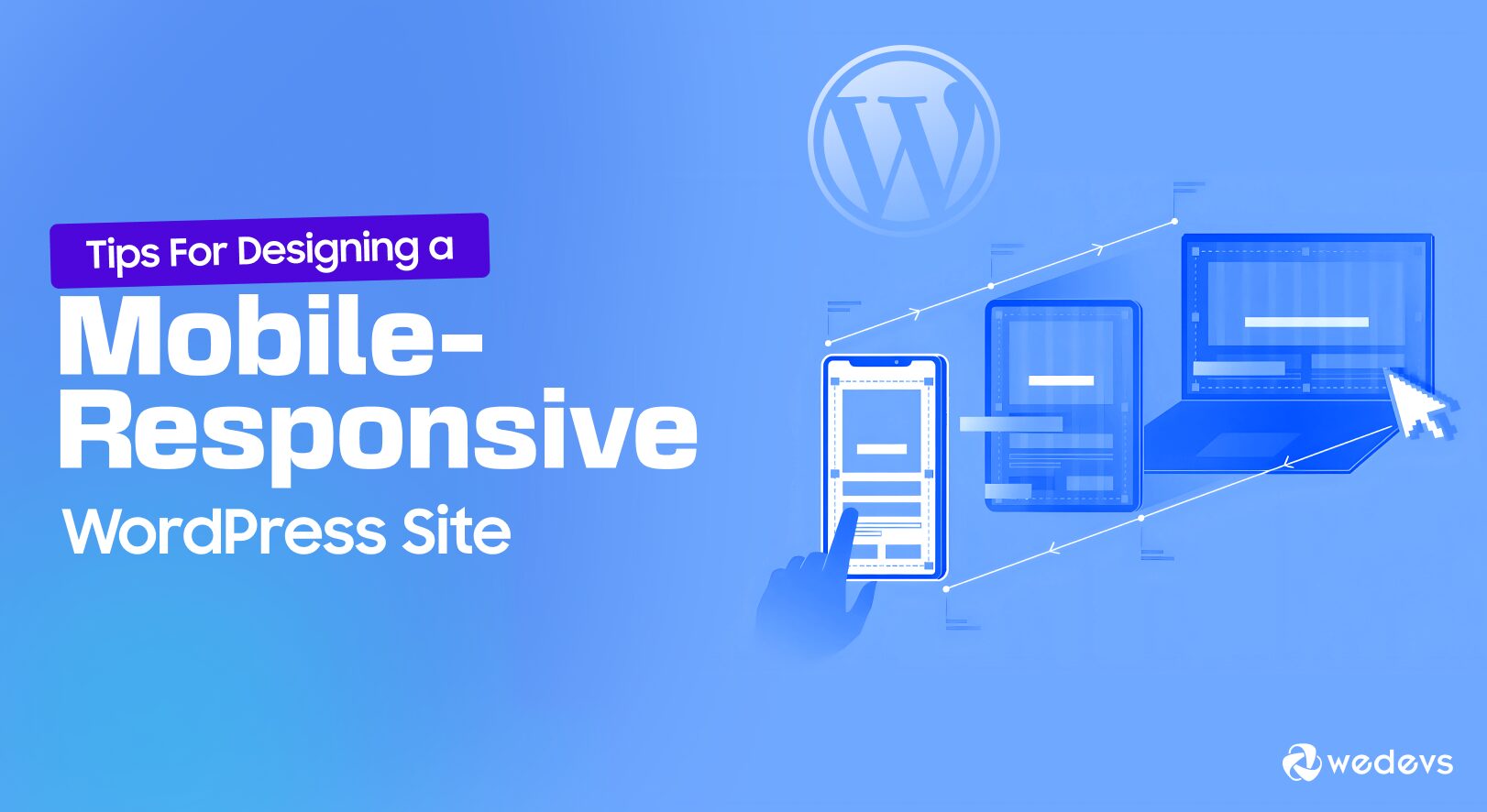
14. Check Core Functions
Your site’s main functions, like search, filters, cart, and checkout, need to work perfectly. Customers should find products quickly, add them to the cart easily, and complete purchases without friction. Test every critical feature under heavy traffic conditions.
Make sure product filters and sorting work correctly, as they help buyers navigate your inventory faster. Verify that your checkout process captures all necessary information without errors. Confirm that discount codes and special offers apply correctly.
15. Simplify Checkout
A complicated checkout can ruin even a well-planned sale. Reduce the number of steps, limit unnecessary form fields, and allow guest checkout. Save users’ previous addresses and payment information if possible. Offer multiple payment options like cards, digital wallets, or BNPL.
Ensure the checkout process is mobile-friendly, fast, and visually clear. Test your checkout under simulated high traffic to avoid crashes. Even small improvements in the checkout flow can significantly increase completed purchases. Simplicity here equals higher revenue and happier customers.
16. Add Buy Now Pay Later
Buy Now Pay Later (BNPL) options encourage customers to buy more by easing upfront costs. Offering BNPL can increase average order value and attract shoppers who may hesitate to spend immediately. Integrate BNPL into your checkout smoothly so it’s visible but not overwhelming.
Clearly communicate terms, fees, and repayment schedules to maintain transparency. Use BNPL for high-ticket or bundled products to maximize impact. Track performance to understand which products benefit most from this option. BNPL can be a powerful tool if used strategically.
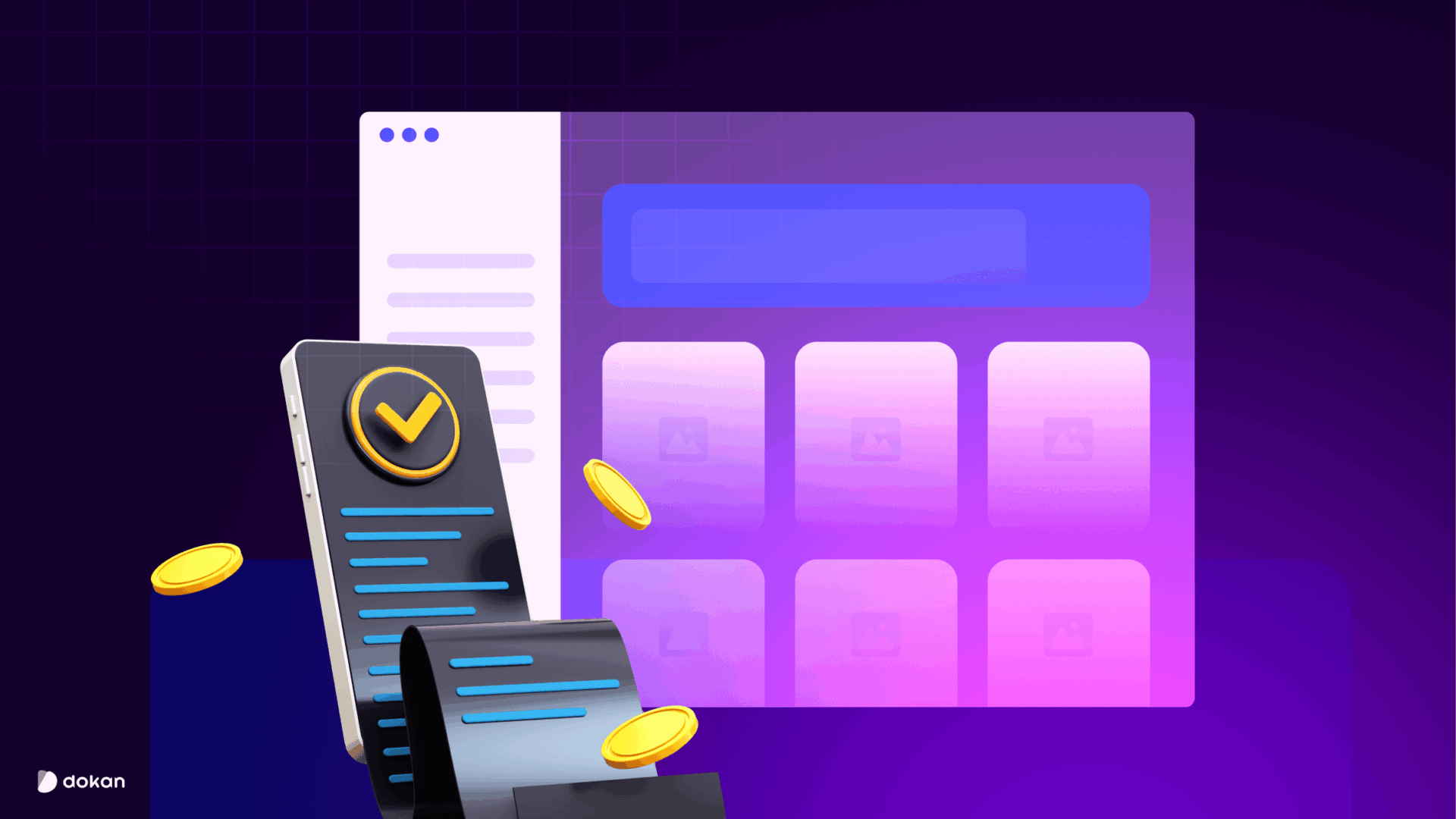
17. Prepare for Traffic Surges
Black Friday traffic can spike 2–3 times higher than normal days, and your website must be ready. Coordinate with your hosting provider to ensure scalability. Use CDNs, caching, and server optimization to handle sudden loads. Monitor site performance continuously during peak hours.
Prepare an emergency plan for server failures or slowdowns. Communicate internally so your IT team can respond quickly if problems arise. Proper traffic preparation keeps your site fast and prevents lost sales. Being ready for surges ensures shoppers have a smooth experience and confidence in your brand.
18. Secure & Backup Data
Protecting your data before Black Friday is non-negotiable. Take full backups of your website, databases, and customer records. Store backups securely and test them to ensure they work. Review your security logs and patch any vulnerabilities. Ensure SSL certificates and firewall protections.
Data security prevents potential breaches that could harm both customers and your business. In case of technical failures, backups allow you to restore operations quickly. Confidence in security improves buyer trust. Being proactive avoids disastrous downtime and customer complaints.
19. Strengthen Site Security
Cyber attacks spike during high-traffic events like Black Friday. Implement measures like two-factor authentication, secure payment gateways, and regular monitoring. Scan your website for vulnerabilities and patch them immediately. Train your team to recognize phishing or suspicious activities.
Ensure fraud detection systems are active during checkout. Secure customer data to maintain trust and comply with privacy laws. A secure website reduces risk and builds confidence among buyers. Strong security measures protect both your revenue and your reputation.
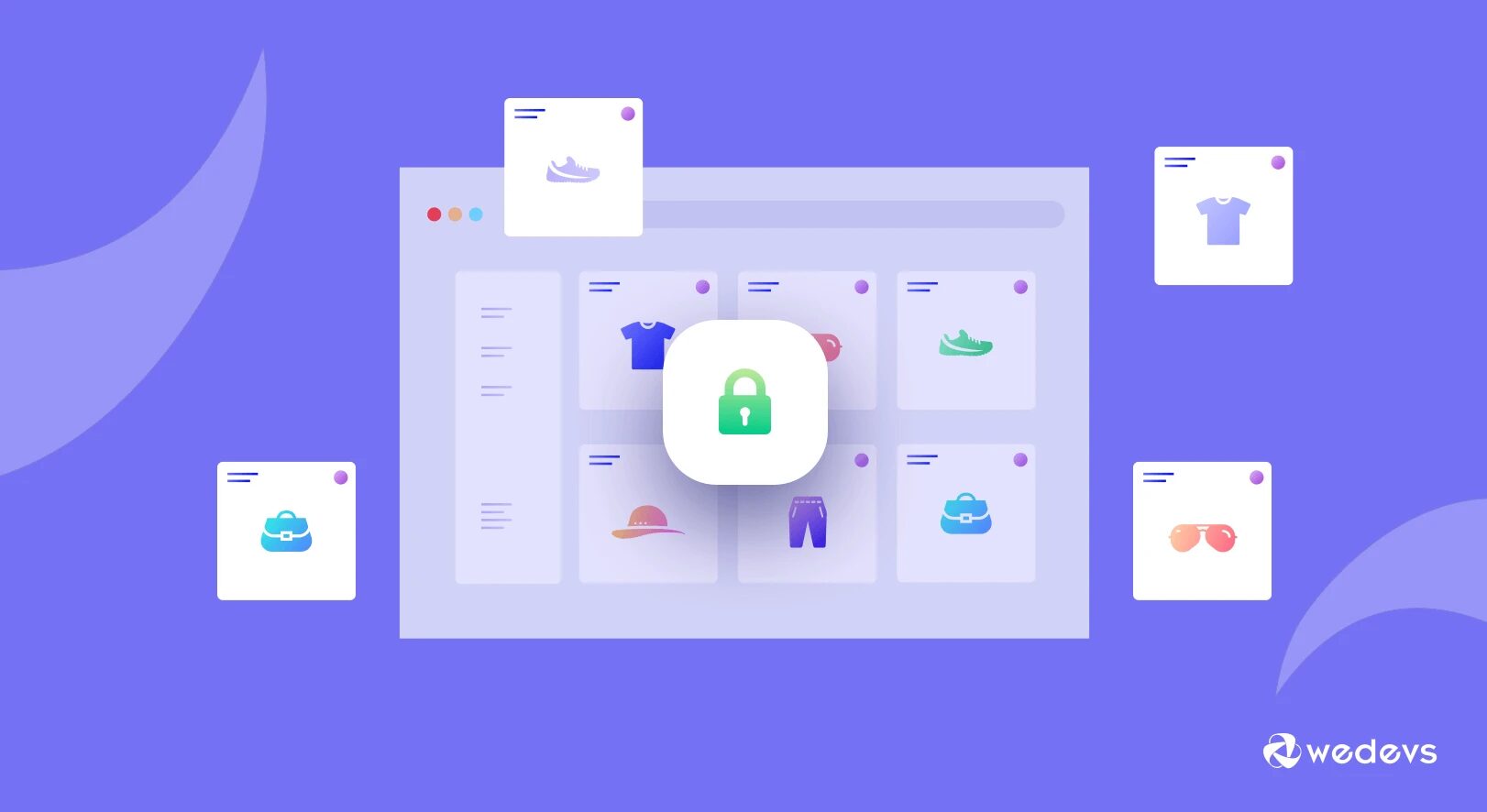
20. Improve BFCM SEO
Search engine visibility can bring organic traffic that reduces dependency on paid ads. Update product titles, meta descriptions, and URLs with relevant Black Friday keywords. Create landing pages or gift guides targeting seasonal search intent. Optimize images with proper alt text.
Ensure internal linking between categories and products to improve navigation. Monitor your site’s ranking and adjust content if needed. SEO preparation ensures you capture shoppers searching for deals before they even see your ads. Strong SEO can remarkably increase traffic.
21. Update Product Details
Product details are the backbone of buyer confidence during Black Friday. Make sure every description clearly explains features, benefits, and unique selling points. Highlight what makes the item special. Include key specifications like size, color, and material to reduce post-purchase questions.
Update stock availability and mention limited quantities if applicable to create urgency. Ensure consistency across all sales channels, including marketplaces and social media. Use bullet points for clarity. Customers are more likely to buy when they understand exactly what they’re getting.
22. Refresh Product Images
High-quality visuals are essential to grab attention during a crowded Black Friday market. Replace old images with clear, high-resolution photos that showcase products from multiple angles. Include lifestyle or context shots to help shoppers visualize using the item.
Optimize images for fast loading without sacrificing quality, especially for mobile users. Use banners or stickers to highlight discounts or special bundles. Consider adding videos or GIFs to demonstrate functionality for complex products. Consistent visualization can improve trust and conversion rates.
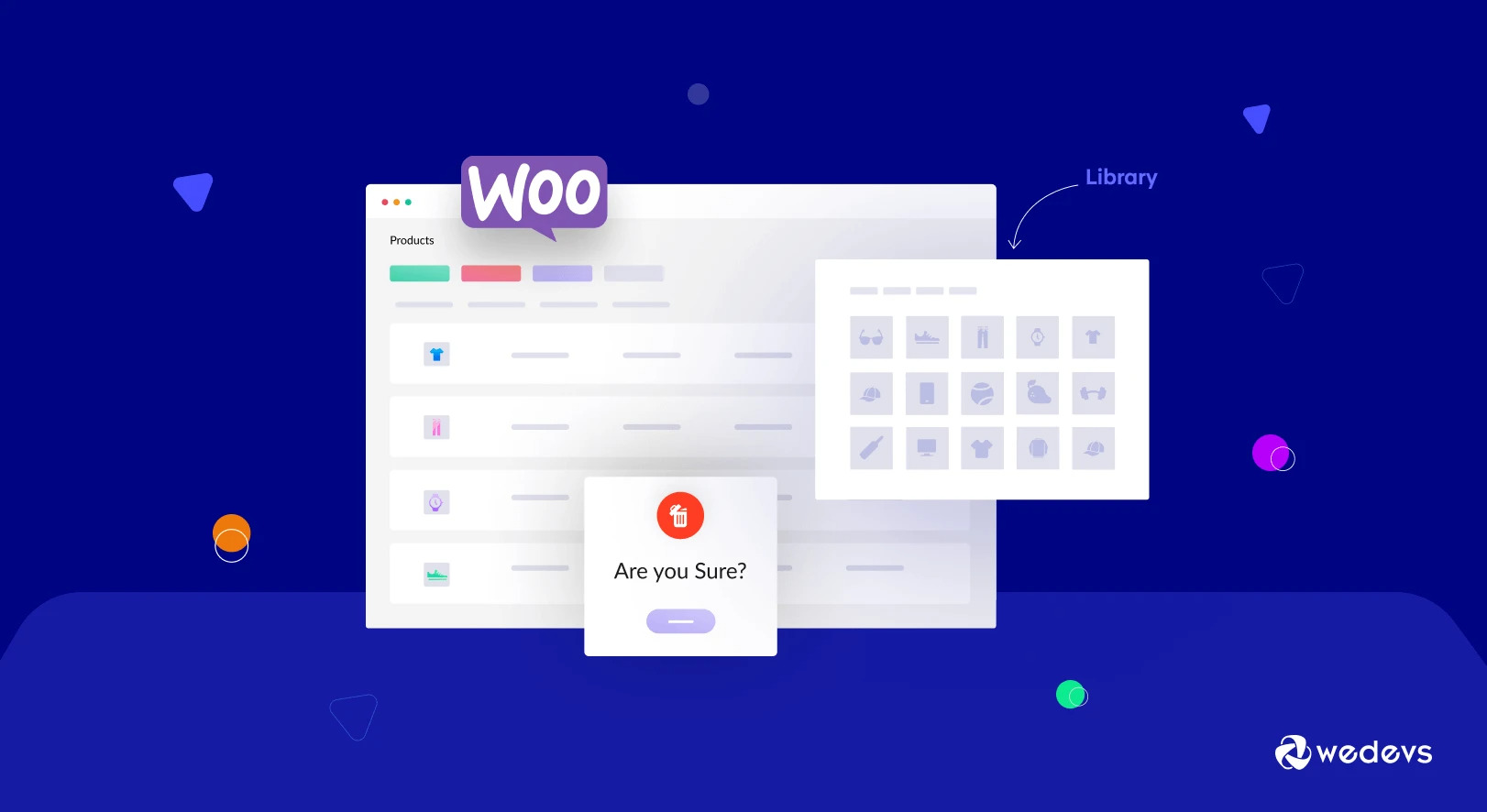
23. Ensure Accessibility
Accessibility ensures your website can be used by everyone, including those with disabilities. Check for readable fonts, clear color contrast, and keyboard-friendly navigation. Add descriptive alt text to images and provide labels for forms. Ensure screen readers can interpret all content properly.
Accessible websites are more inclusive and often improve usability for all customers, not just those with disabilities. Search engines also favor accessible sites, which can boost your rankings. Testing accessibility ahead of Black Friday avoids last-minute issues.
Marketing & Promotion
Strong marketing is what drives traffic and sales during Black Friday. Without clear messaging, eye-catching visuals, and timely campaigns, even the best deals can go unnoticed. Effective promotion ensures your offers reach the right audience at the right time.
24. Craft Irresistible Offer
Your offer is the hook that attracts shoppers and convinces them to buy. Focus on delivering real value, whether through discounts, bundles, or free gifts. Make the offer time-sensitive to create urgency, such as ‘limited stock’ or ‘today only’ deals. Clearly communicate the benefits and savings upfront in marketing materials.
Ensure that your offer aligns with your goals, whether it’s increasing revenue, acquiring new customers, or moving specific products.
Test different messaging and visuals beforehand to see what resonates best. A strong, attractive offer is what separates successful campaigns from average ones.

25. Launch Email Campaigns
Email marketing remains one of the most effective Black Friday channels. Plan a sequence of emails: teaser, launch, reminder, and last-chance messages. Include personalized content to make the customer feel valued. Segment your list to target specific behaviors, such as previous buyers or cart abandoners.
Ensure your emails are mobile-friendly with clear subject lines and strong calls-to-action. Schedule campaigns in advance so they reach the inbox at optimal times. Monitor open rates and click-throughs to tweak messaging in real-time. A well-structured email campaign drives traffic, conversions, and engagement during the sale period.

26. Segment Email Lists
Segmentation allows you to send highly targeted messages that resonate with each audience group. Divide your list based on factors like past purchase behavior, location, or spending habits. Tailor offers and content for each segment to increase relevance.
For example, VIP customers might get exclusive early-access deals, while new subscribers receive introductory discounts. Segmentation also helps you avoid overloading customers with irrelevant emails, reducing unsubscribes. The more precise your targeting, the higher your conversion rate will be.
27. Create Email Series
A single email isn’t enough to capture attention during a crowded Black Friday inbox. Build a series that guides the customer from awareness to purchase. Start with a teaser introducing upcoming deals, follow with the launch email, then a reminder, and finally a last-call message.
Include eye-catching visuals, clear messaging, and strong calls-to-action in every email. Use urgency and scarcity to prompt faster decisions. Track the performance of each email to optimize future campaigns. A thoughtful series keeps your brand top-of-mind and encourages multiple touchpoints.
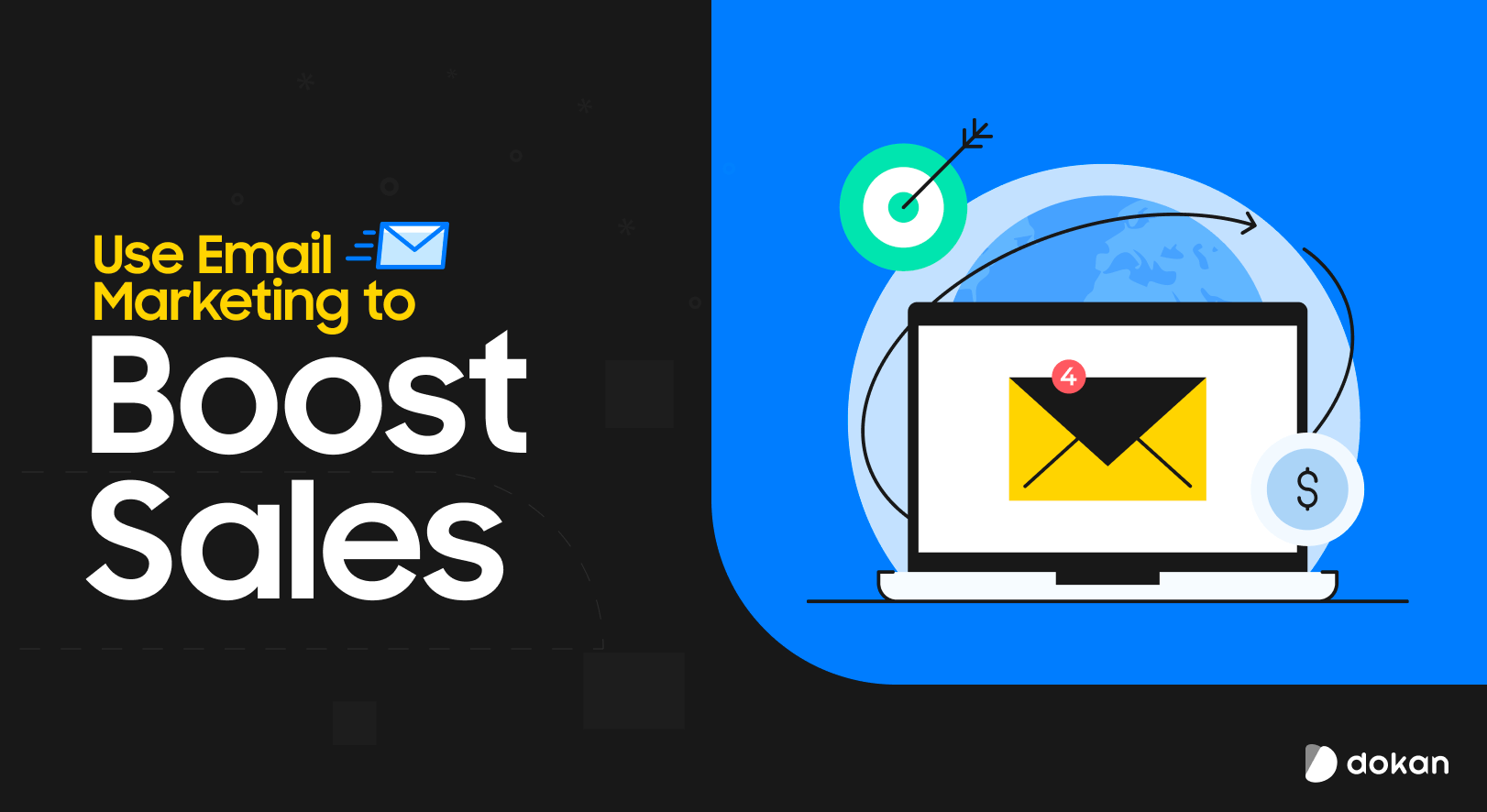
28. Automate Follow-Ups
Automation saves time and ensures no potential customer slips through the cracks. Set up abandoned cart reminders to recover lost sales. Use post-purchase emails to confirm orders, suggest complementary products, and request feedback. Create automated workflows that respond to browsing behavior, like showing items previously viewed.
Automation ensures timely communication without requiring constant manual effort. Personalize messages wherever possible to increase engagement. Test your workflows before Black Friday to catch errors. Automated follow-ups maintain a professional, seamless shopping experience while boosting conversions.
29. Add SMS Campaigns
SMS is a fast, direct way to reach shoppers, especially for urgent Black Friday deals. Keep messages concise, clear, and action-oriented. Include clickable links to product pages or promotions. Use SMS for limited-time offers, reminders, or early-access notifications.
Segment recipients based on past purchases or engagement to increase relevance. Respect privacy and avoid sending too many messages, which can annoy customers. Track performance metrics like click-through and conversion rates. SMS campaigns can often drive immediate responses.
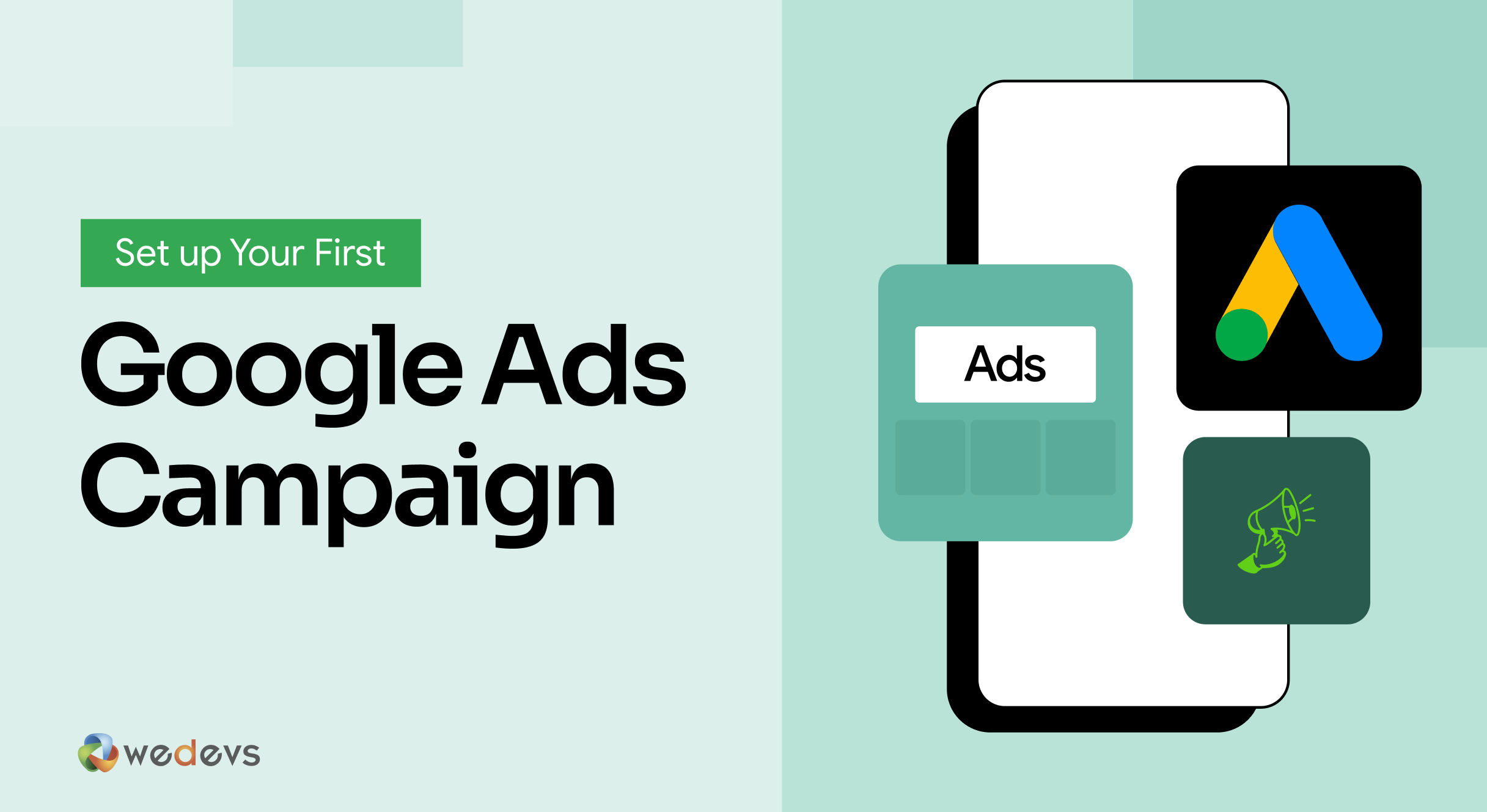
30. Use AI for Copy
AI tools can help you generate compelling headlines, product descriptions, and ad copy quickly. Use AI to brainstorm multiple versions of emails, banners, or social posts. Always review and edit AI-generated content to ensure it matches your brand voice and tone.
AI can also help identify trending keywords and phrases for Black Friday promotions. Testing different AI-generated variants allows you to pick the most persuasive messaging. This approach saves time while maintaining high-quality content across all channels.
31. Design Eye-Catching Visuals
Visuals are the first thing shoppers notice during Black Friday, and they can make or break your campaign. Use bold, colorful banners and graphics to highlight deals and promotions. Incorporate countdown timers, sale badges, or stickers to create urgency.
Ensure that all visuals are consistent with your brand identity to build recognition and trust. Images should be optimized for fast loading without losing quality, especially for mobile users. Use lifestyle images or product-in-use photos to help buyers visualize the items.
32. Update Homepage Banners
Your homepage is often the first point of contact for shoppers during Black Friday. Feature your most attractive deals prominently on the top banner. Highlight key products, bundles, or limited-time offers. Make navigation simple so visitors can quickly find the sections they want.
Use clear calls-to-action directing buyers to specific deals. Update banners regularly to reflect ongoing promotions and maintain freshness. Ensure banners are visually appealing on both desktop and mobile devices. A well-organized homepage immediately communicates value and encourages visitors.

33. Add Gamified Popups
Gamified pop-ups can engage visitors and encourage email sign-ups, coupon collection, or purchases. Simple mechanics like spin-to-win, scratch cards, or mini-games create excitement and a sense of reward. Gamification also increases user session on your website and possibilities for conversions.
Make sure popups are easy to close to avoid frustrating users. Offer real value through prizes or discounts to make participation worthwhile. Test the timing and frequency of popups to avoid interrupting the shopping flow. Creativity here helps your store stand out from competitors.
34. Run Social Media Ads
Social media ads are essential to reach a wider audience beyond your email subscribers. Plan campaigns for different phases: pre-sale teasers, live sale alerts, and last-chance reminders. Use targeted ads to reach your ideal customer segments based on demographics, interests, and past behavior.
Include strong visuals, concise copy, and clear calls-to-action. Monitor ad performance in real-time to optimize budget allocation and creative elements. Retarget visitors who engaged with previous campaigns or abandoned carts. Platforms like Facebook, Instagram, and TikTok often generate high ROI during Black Friday.
35. Retarget Old Visitors
Many potential customers browse but don’t buy immediately, making retargeting essential. Use cookies or tracking pixels to identify previous visitors. Show them ads featuring the exact products they viewed or abandoned in their carts. Retargeting reminds them of deals they might have missed and nudges them toward conversion.
Combine retargeting with limited-time offers to create urgency. Segment audiences based on behavior for more personalized messaging. Retargeting often produces higher conversion rates than cold traffic campaigns. Done right, it maximizes the value of every visitor who has already shown interest.
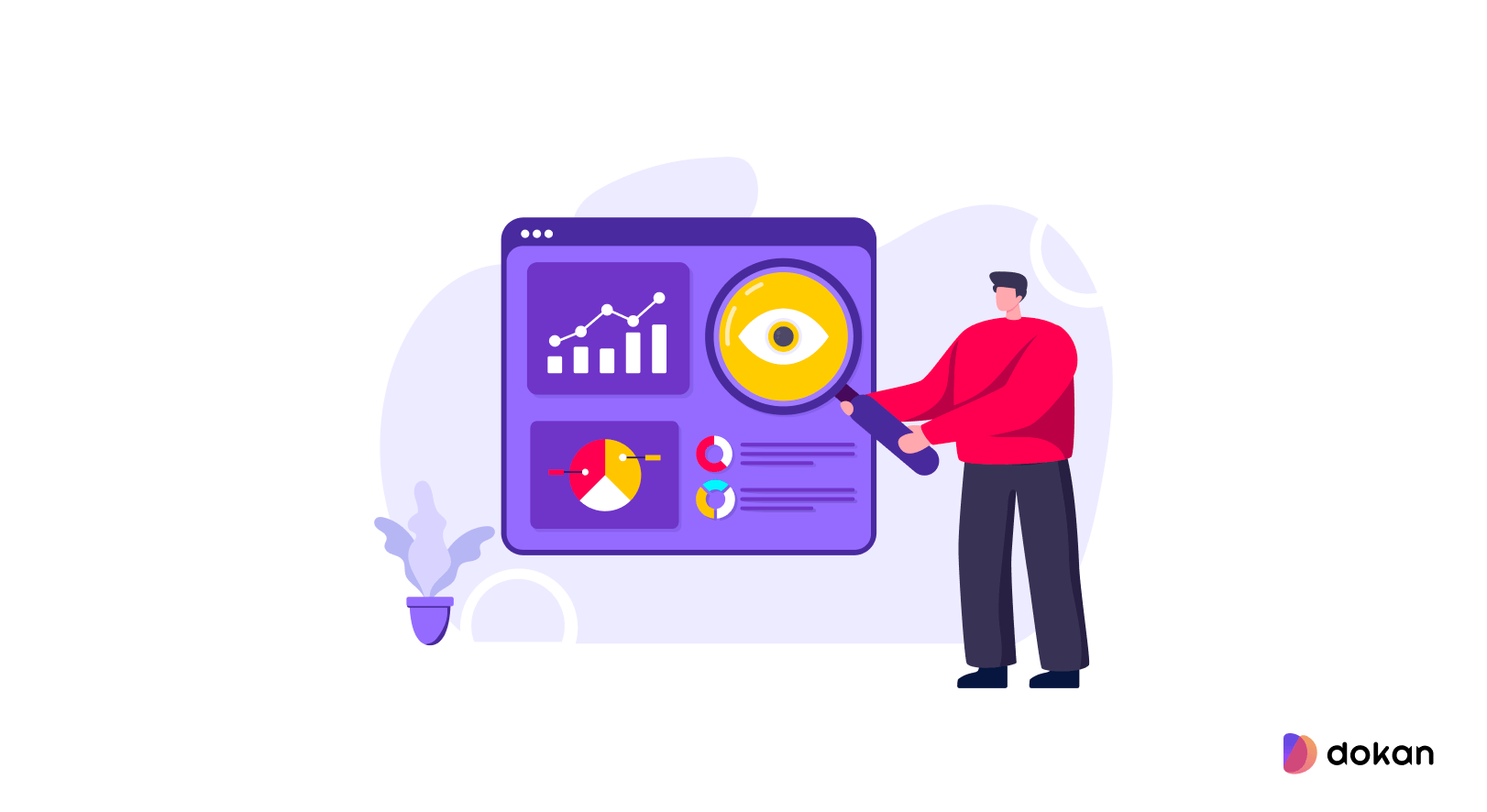
36. Build Referral Program
A referral program leverages your existing customers to attract new buyers. Offer rewards for both the referrer and the referred customer, like discounts or free gifts. Make it simple to share, with clear instructions and easy-to-use referral links. Promote the program through email, SMS, and social media.
Track referrals to measure effectiveness and ensure accurate rewards distribution. Referrals often bring high-quality leads because they come with trust from a friend or family member. During Black Friday, referral incentives can create additional urgency and increase traffic.
Conversion Optimization
Getting traffic to your site is only half the battle. Turning visitors into buyers is what drives real revenue. Conversion optimization focuses on improving every step of the customer journey, from product discovery to checkout. Small changes in design, messaging, or incentives can significantly boost sales.
37. Benchmark Conversion Rate
Knowing your normal conversion rate allows you to measure Black Friday success accurately. Track baseline metrics such as sales, add-to-cart rate, and checkout completion. Use these benchmarks to compare results during the sale and identify areas of improvement.
If conversion dips, analyze website speed, checkout friction, or messaging issues for quick adjustments. Tracking conversion rates also helps you understand which promotions and channels perform best. Establish realistic targets based on past performance to motivate your team.

38. Upsell & Cross-Sell
Upselling and cross-selling are key tactics to increase your average order value. Suggest higher-end alternatives or complementary products during the browsing or checkout process. For example, if a customer adds a phone to their cart, recommend a case or headphones.
Use clear messaging that emphasizes the added value of the suggested items. Display recommendations on product pages, popups, and during checkout. Properly executed upselling boosts revenue without adding extra marketing costs. Customers love to appreciate well-targeted suggestions.
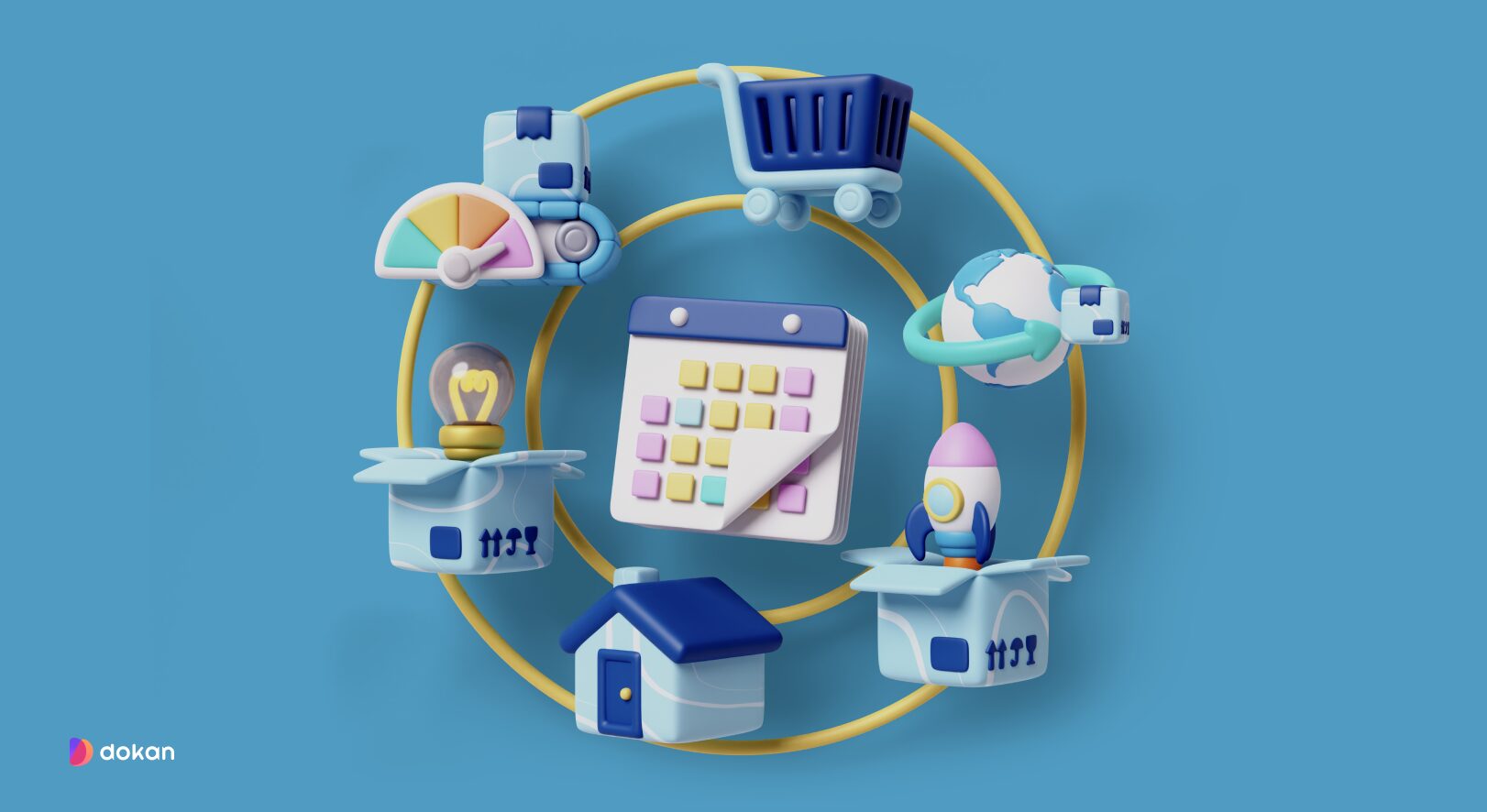
39. Offer Multiple Payment Options
Different customers prefer different payment methods, so variety is essential. Include credit/debit cards, PayPal, digital wallets, BNPL, and even gift cards if applicable. A smooth payment experience reduces abandoned carts caused by limited choices.
Clearly display all options on product pages and during checkout. Test each option to ensure transactions complete without errors. Offering flexible payments also caters to international customers. Customers feel empowered to purchase when they see a method that suits them best.
40. Use Urgency Tools
Urgency tools create a fear of missing out, which motivates buyers to act fast. You can add countdown timers, limited stock alerts, or flash sale banners to grab attention. Display phrases like ‘Only 3 left!’ or ‘Offer ends in 2 hours’ to push customers toward quick action.
These signals increase conversion rates during short campaigns like Black Friday. Use urgency, but never fake scarcity or false time limits. Too much pressure can reduce trust. Combine urgency with clear value to make customers feel excited, not forced. This strategy is simple yet powerful for boosting impulse buying behavior.
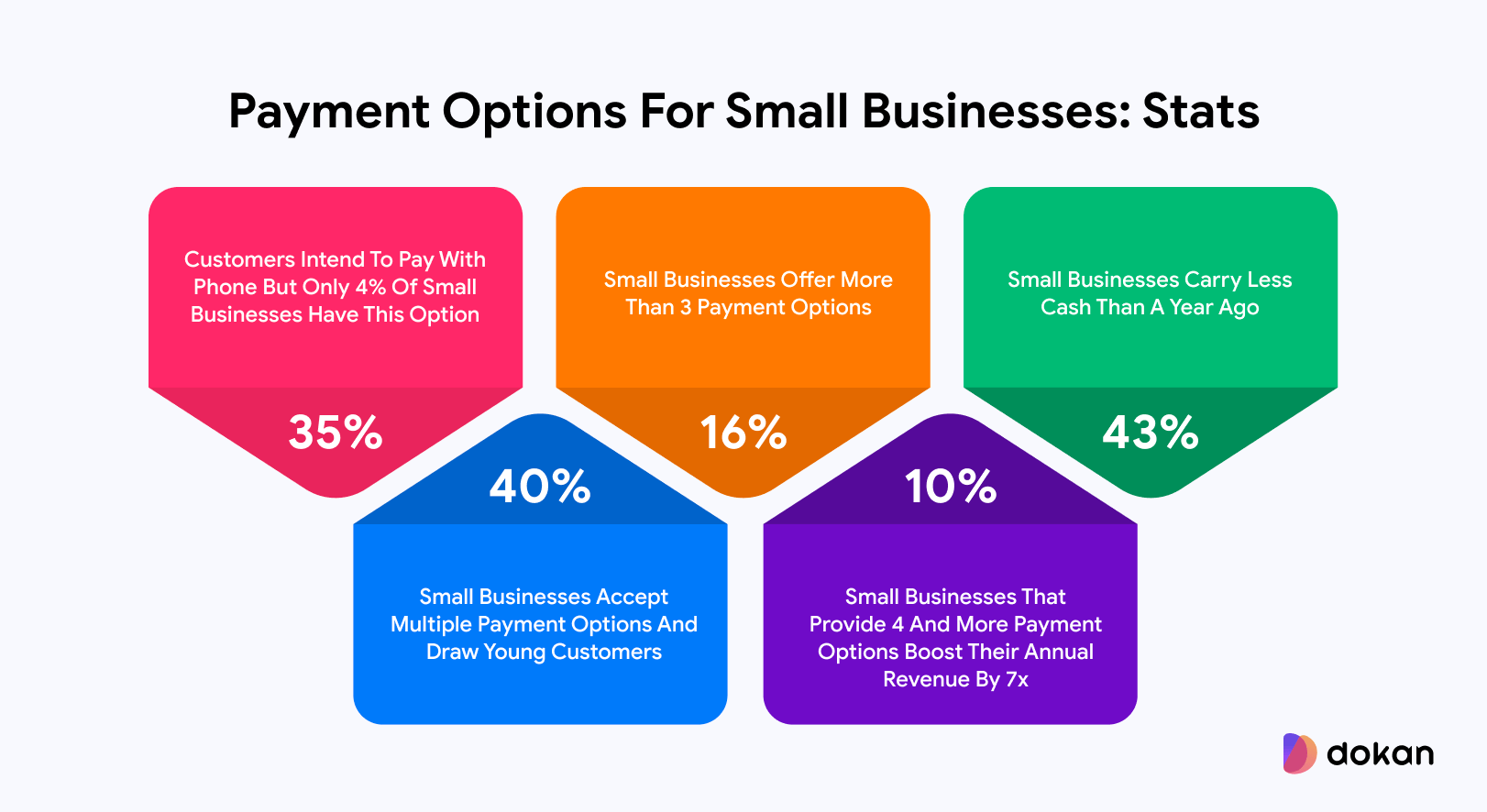
41. Show Trust Badges
Trust badges make online shoppers feel safe. Display secure payment icons, SSL certifications, and money-back guarantees on checkout pages. These badges show that transactions and personal data are protected. Include familiar brand logos like Visa, Mastercard, or PayPal to increase credibility.
You can also show customer review stars or satisfaction guarantees for extra assurance. Place trust badges near CTA buttons and payment fields for maximum effect. In high-traffic sales, trust is often the final push customers need to buy. A trustworthy image builds long-term loyalty and reduces cart abandonment.
42. Add Live Chat
Live chat support can instantly improve customer satisfaction. During Black Friday, visitors may have questions about discounts, shipping, or returns. A live chat feature lets them get answers without leaving the site. Train your support team to handle multiple chats quickly and politely.
You can also use automated greetings to engage idle visitors. If your team is small, set chat hours clearly so expectations are managed. Live chat reduces hesitation and builds human connection, which drives higher conversions. Quick, friendly replies often turn unsure visitors into confident buyers.
43. Test Campaign Elements
Testing your campaign elements helps you find what truly works. Run A/B tests for banners, subject lines, CTAs, and pricing messages. Small tweaks like button colors or discount wording can make big differences. Collect data from real users and compare performance before the sale day.
Testing early ensures you don’t waste traffic on weak designs or messages. Use analytics tools to track click rates and conversions for each variation. The winning elements can be reused across your marketing channels.
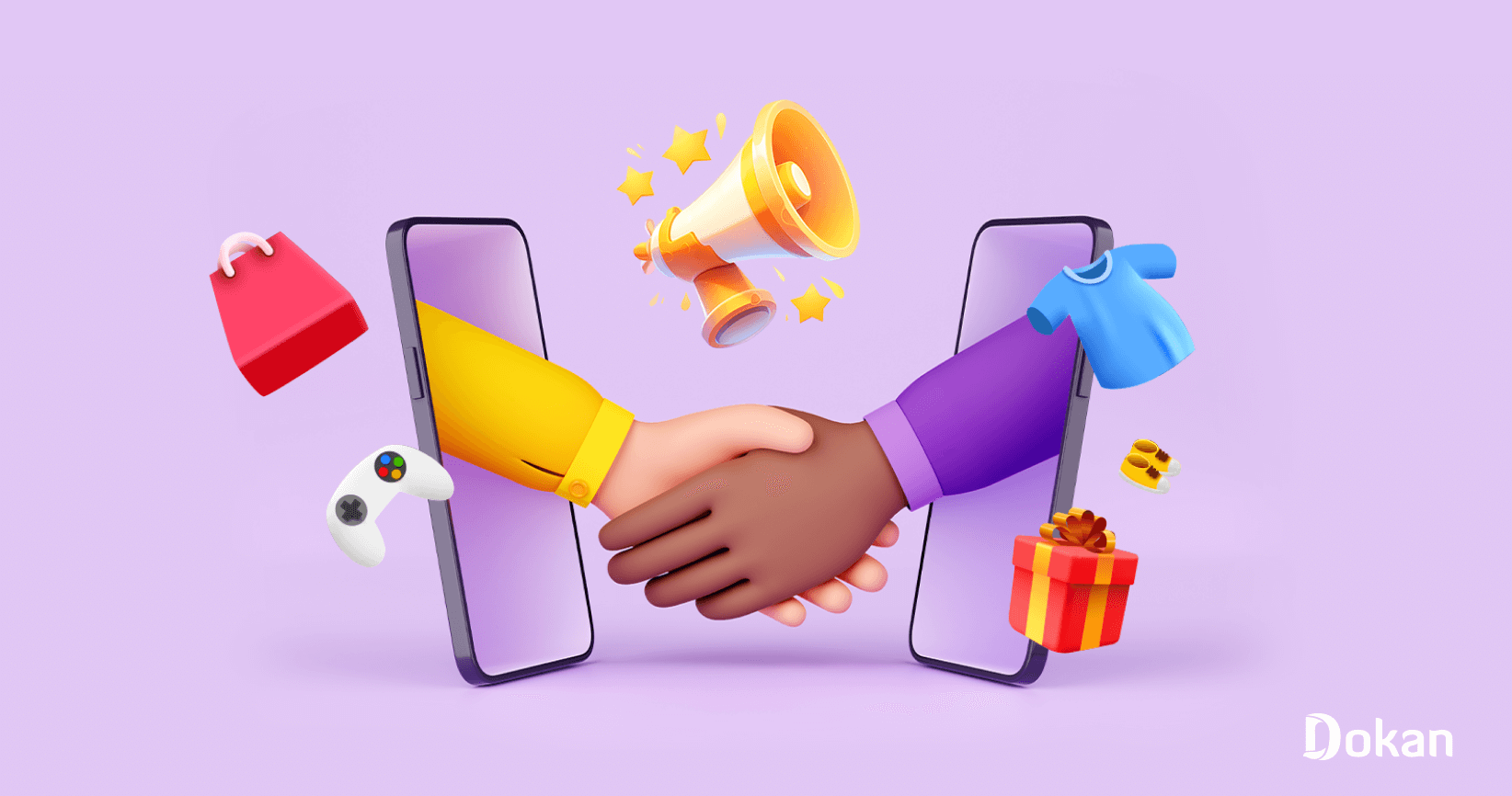
44. Add Exit Popups
Exit popups are smart tools to stop visitors from leaving your site empty-handed. When someone moves their cursor to close the window, trigger a popup with a special offer or discount code. You can also invite them to join your mailing list for future deals.
Keep the message short, friendly, and rewarding. Make sure popups don’t appear too often or feel intrusive. A good exit popup can recover lost sales or capture leads you can nurture later. Many brands save thousands in lost revenue by using them wisely during high-traffic events like Black Friday.
45. Enable Wishlists
Wishlists let customers save products they like for later. This simple feature encourages users to return and complete purchases when they’re ready. Promote wishlists through emails or reminders before Black Friday. It helps shoppers plan what they want to buy during the sale. Wishlists also give you insights into popular items and demand trends.
Make sure the feature is easy to find and use on both desktop and mobile. It’s also a great way to personalize marketing by targeting users based on their saved items. A well-used wishlist boosts engagement and repeat visits.

46. Check Inventory Levels
Before Black Friday begins, review your stock levels carefully. Focus on popular and promoted items to ensure you have enough supply. Use your past sales data to predict demand and restock early if needed. An inventory shortage can frustrate customers and lose potential sales.
Integrate your store system to update stock in real-time and avoid overselling. Show low-stock alerts to increase urgency, but keep them truthful. Monitoring inventory during the sale also helps in quick restocking decisions.
Logistics & Fulfillment
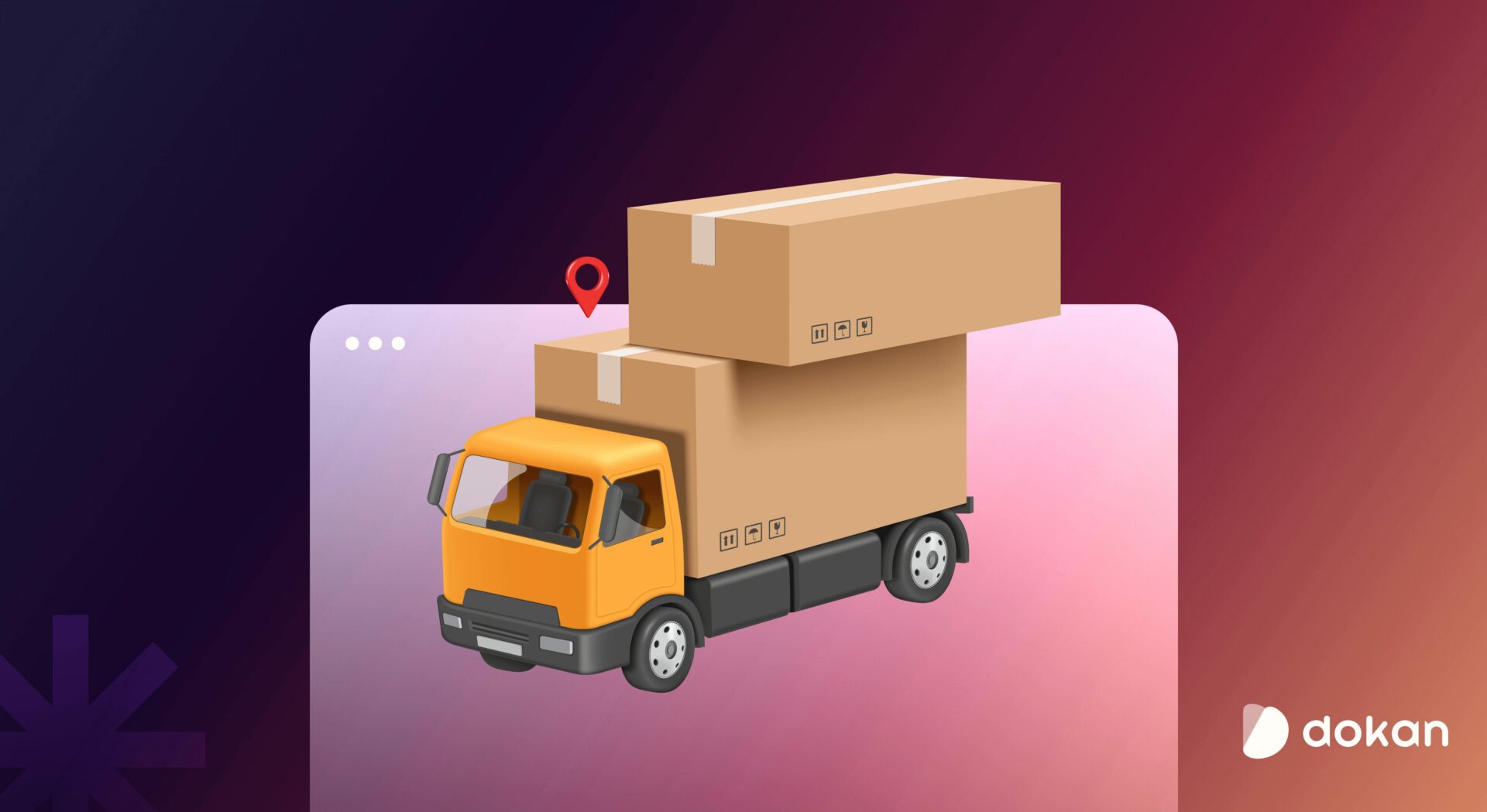
Efficient logistics and fulfillment are essential for a successful Black Friday. Even the best deals can fail if products don’t reach customers on time. Proper planning ensures inventory is ready, orders are processed smoothly, and shipping runs without delays.
47. Sync Product Data
When your business sells across multiple platforms, syncing product data is essential. It ensures prices, descriptions, and stock levels stay consistent everywhere. Use automation tools or inventory software to handle updates across channels. This prevents confusion, like customers ordering out-of-stock products.
Correct syncing also helps avoid pricing errors that could cause complaints or refunds. Always test your integrations before the sale starts to confirm everything works perfectly. Clear, consistent product data builds trust and reduces customer service issues.
48. Optimize Order Process
A slow or confusing order process can kill conversions. Simplify your checkout forms and minimize the number of required fields. Offer guest checkout options for quick purchases. Display shipping costs and delivery times clearly before payment.
Add progress indicators so customers know how many steps remain. Test the entire process on mobile devices to ensure a smooth flow. Every second saved in checkout reduces abandonment rates. A clean, quick order process ensures happier customers and higher revenue during busy sales days.
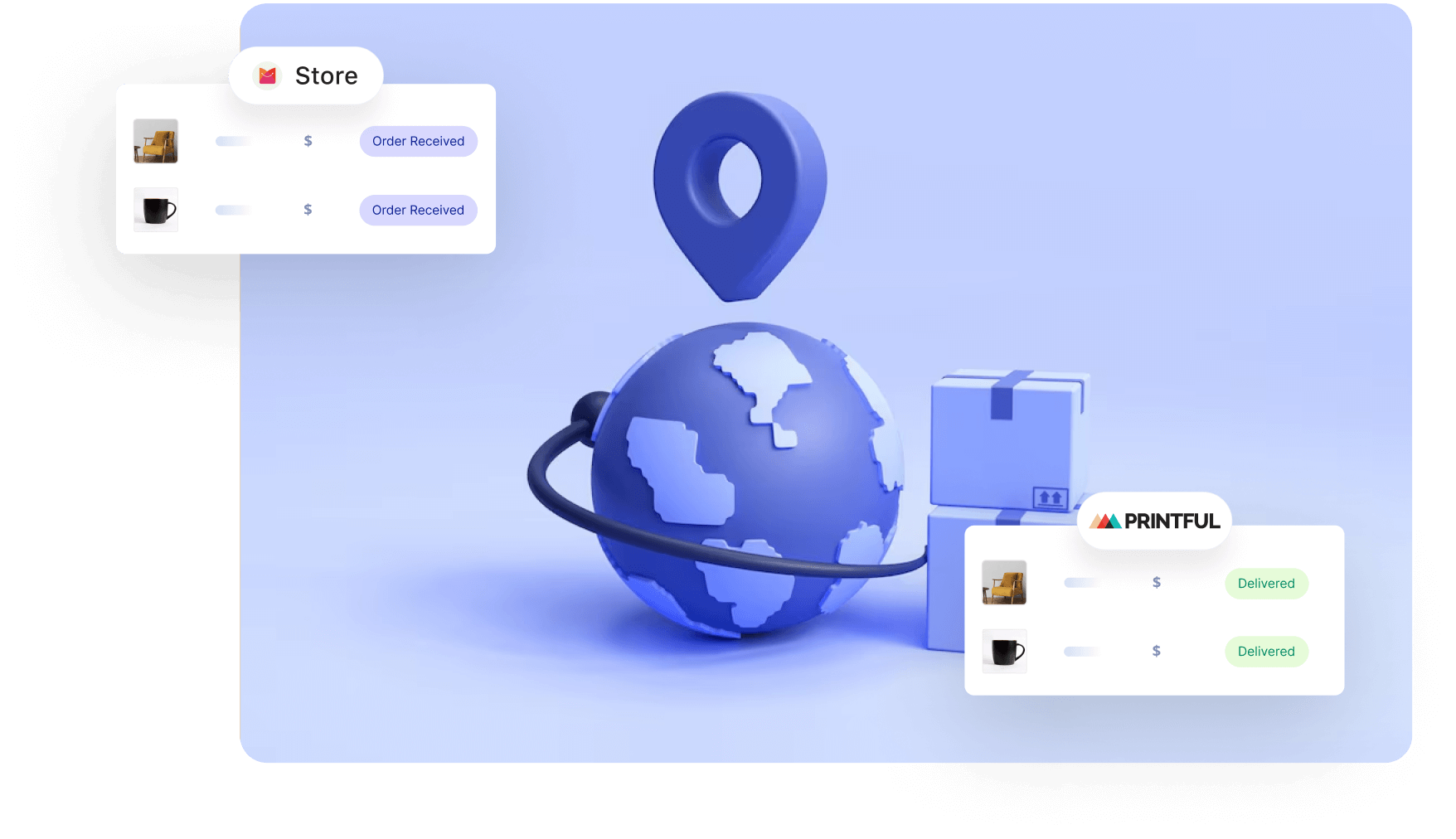
49. Plan Shipping Strategy
A good shipping strategy can make or break your Black Friday success. Customers expect fast, affordable, and reliable delivery during this busy season. Start by reviewing your logistics partners and choosing carriers that can handle large volumes smoothly.
Offer multiple shipping options, such as standard, express, and same-day delivery if possible. Set clear delivery expectations on your product and checkout pages. Customers are more likely to buy when they know exactly when their order will arrive.
50. Offer Fast Delivery
Fast delivery has become a major factor in online shopping decisions. During Black Friday, shoppers want their purchases quickly, especially when buying gifts. Partner with delivery services that guarantee quick turnaround times. Keep your warehouse well-staffed and organized to speed up order processing.
You can also highlight ‘Ships within 24 hours’ or ‘Delivered in 2 days’ badges on your site. These little signals improve trust and increase conversions. If you can’t offer speed on all items, focus on your top sellers. A fast delivery promise helps you stand out from competitors and keeps buyers satisfied.
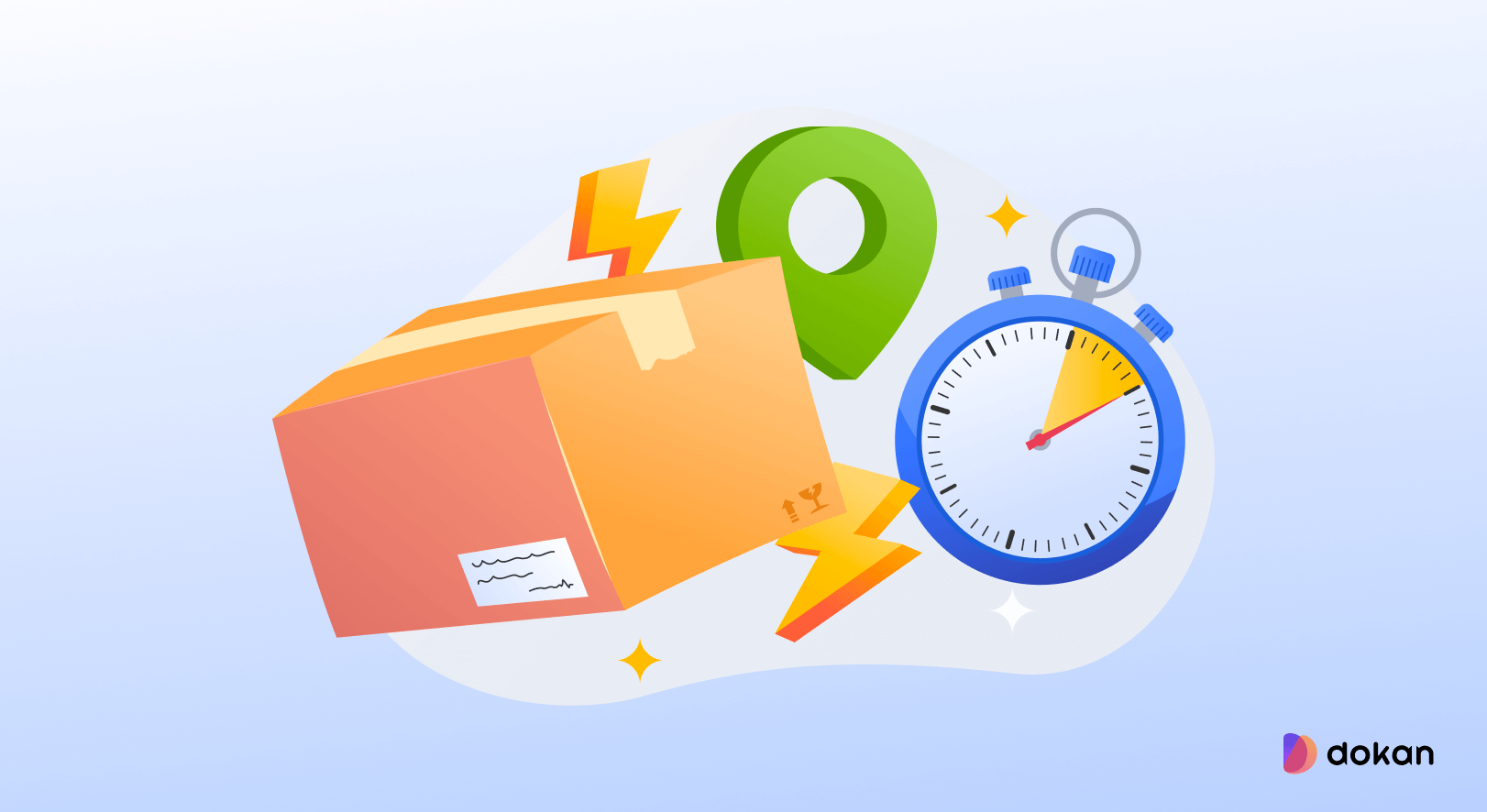
51. Prepare Backup Carriers
Even the best shipping partners can face delays during Black Friday. That’s why it’s wise to have backup carriers ready. Contact multiple logistics companies ahead of time and discuss emergency options. This way, if one carrier is overwhelmed, you can quickly shift to another.
Having backups ensures you won’t face major delivery bottlenecks or angry customers. It’s also smart to diversify between local and international carriers, depending on your market. Include flexible delivery settings in your system so switching carriers is easy.
52. Enable In-Store POS
If you run a physical store, having an updated Point of Sale (POS) system is essential for handling the Black Friday rush. A modern POS system helps process transactions faster and tracks real-time inventory. Integrate your online and offline systems so all data stays synced.
This prevents overselling and helps staff know which items are still available. Use barcode scanners and mobile POS devices to manage queues better. You can also set up pop-up counters or temporary cash points for added efficiency. Investing in POS efficiency ensures your sales day runs without chaos.
53. Train Warehouse Team
A well-trained warehouse team keeps everything running smoothly during the sales rush. Before Black Friday, organize team meetings and assign clear roles. Everyone should know their duties, from picking and packing to labeling and dispatching.
Offer refresher training on new systems, scanners, and packaging rules. It’s also smart to prepare a shift plan for 24-hour operations if needed. Reward quick, error-free work to motivate your staff. A coordinated warehouse reduces delays, errors, and customer complaints.

Customer Support & Experience
Excellent customer support can make or break your Black Friday campaign. Shoppers expect quick answers, easy returns, and personalized attention, especially during high-pressure sales. A smooth and helpful experience builds trust and encourages larger purchases.
54. Prepare Support Team
Customer service needs extra attention during Black Friday. The support team should be ready to manage a higher volume of chats, calls, and emails. Train them to handle common queries like order status, discounts, or return policies quickly and professionally.
Set up FAQs or automated responses to reduce pressure. Ensure your staff know the details of all active campaigns and coupon codes. If you can, extend your support hours for a few days. The faster your response time, the better your brand reputation becomes.
55. Add Chatbot Support
Chatbots are great helpers during busy shopping events. They can instantly answer common questions about pricing, product availability, or delivery timelines. Adding chatbot support ensures no customer leaves your site without getting assistance.
You can program bots to greet visitors, recommend products, or guide them through checkout. This reduces workload for your human agents, allowing them to focus on complex issues. Make sure the chatbot has a friendly tone and smooth navigation flow.
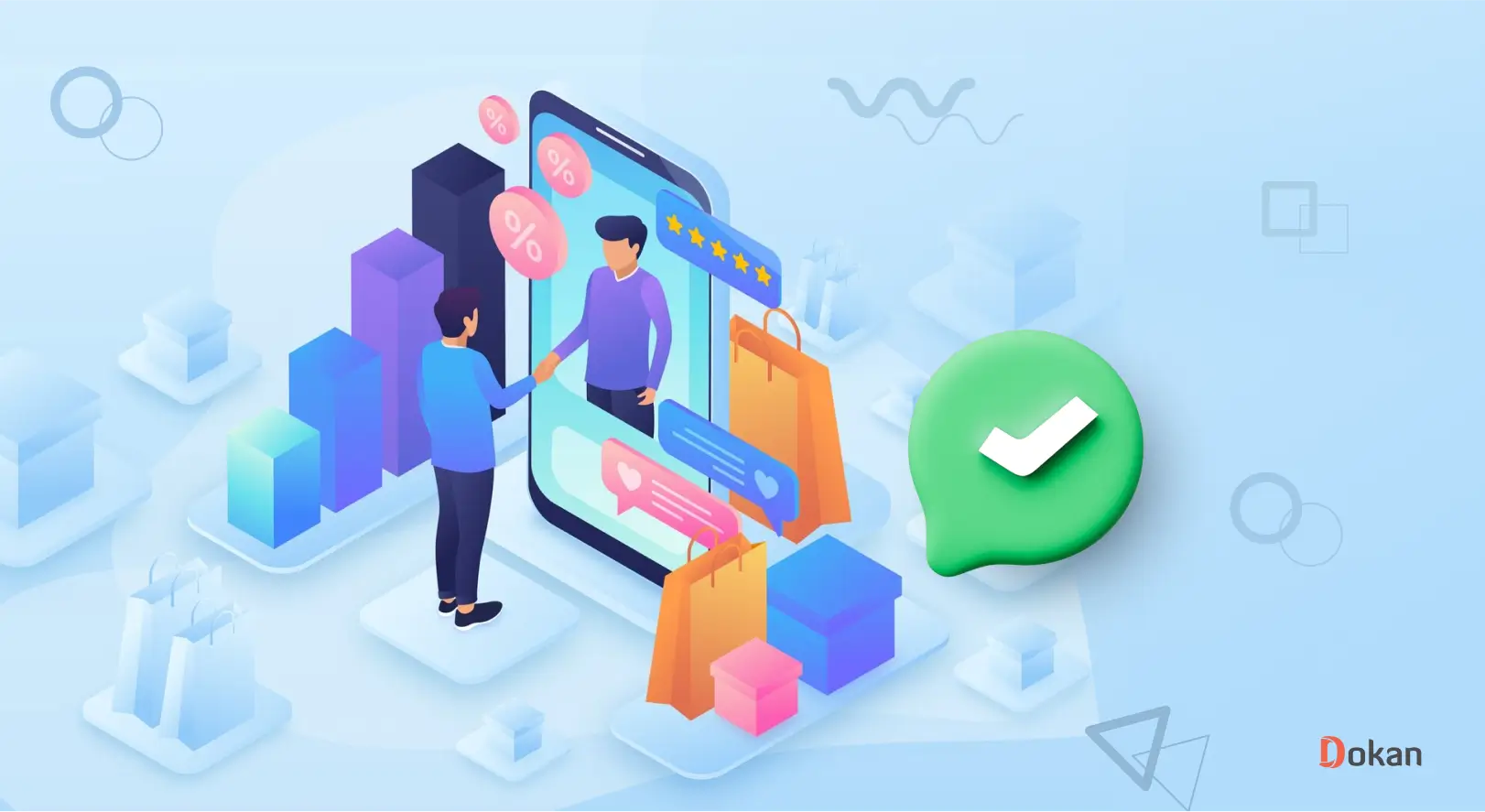
56. Update Return Policy
Before launching your Black Friday campaign, review and update your return policy. Make sure it’s clear, fair, and easy to understand. Display the return period, conditions, and process details clearly on your product and checkout pages. Consider extending the return window slightly to build trust.
Train your support team to handle return requests smoothly. A transparent and customer-friendly return policy can boost confidence and improve your brand image. When customers feel safe buying from you, they tend to spend more.
Post BFCM Actions
The work doesn’t end when Black Friday is over. How you follow up with customers and analyze results can shape your future campaigns. Reviewing performance, engaging buyers, and learning from successes or mistakes helps you improve year after year.
57. Track Real-Time Analytics
Black Friday is a fast-paced event. Monitoring real-time analytics can help you make smarter decisions on the go. Use tools like Google Analytics or your eCommerce dashboard to track traffic, conversion rates, and abandoned carts. When you notice a sudden drop in conversions, it may signal a checkout issue or a slow page.
Quick analysis allows immediate fixes before sales are lost. You can also monitor which products are performing best and push them harder through social media or ads. The faster you respond to trends, the better your results.
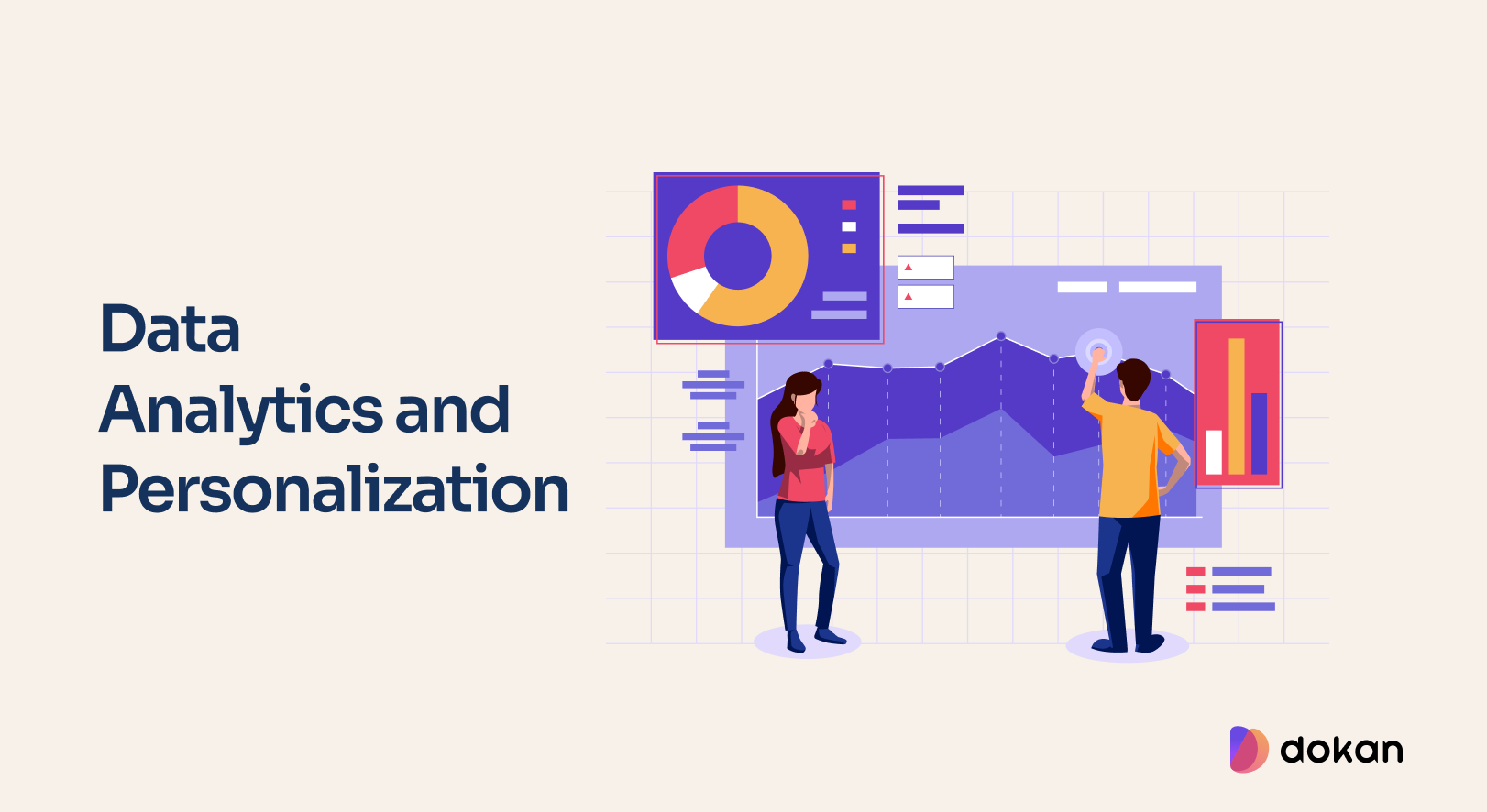
58. Review Campaign Results
After the Black Friday rush, sit down and analyze what worked and what didn’t. This post-event review is essential for improving your future campaigns. Look at metrics like total revenue, conversion rate, ad performance, and email open rates. Identify which channels brought the most traffic.
Also, note areas of failure such as stock shortages, delays, or poor ad performance. Discuss these findings with your marketing and operations teams. Documenting lessons helps you plan a stronger strategy for next year.
59. Re-Engage Lost Customers
Not every visitor during Black Friday ends up buying. Many browse, add to cart, and then disappear. Re-engaging these lost customers can bring valuable extra revenue even after the sale. Use retargeting ads, abandoned cart emails, or personalized messages to bring them back.
Offer a small discount or free shipping as a final incentive. Sometimes people simply need a gentle reminder to complete their purchase. Analyze why they left. It may be due to the checkout being confusing, or the shipping cost being too high. Fix those issues and approach them again.
60. Extend Cyber Week Sales
Instead of stopping at Black Friday, extend your offers into Cyber Monday and beyond. Many brands now run Cyber Week promotions to keep the excitement alive. This approach helps you reach people who missed the initial rush or were waiting for final discounts.
Keep the deals slightly different to maintain interest. For example, offer free gifts or bundle deals instead of pure discounts. Promoting this extension through email and social media keeps the momentum going. It also lets you clear leftover inventory without seeming desperate.
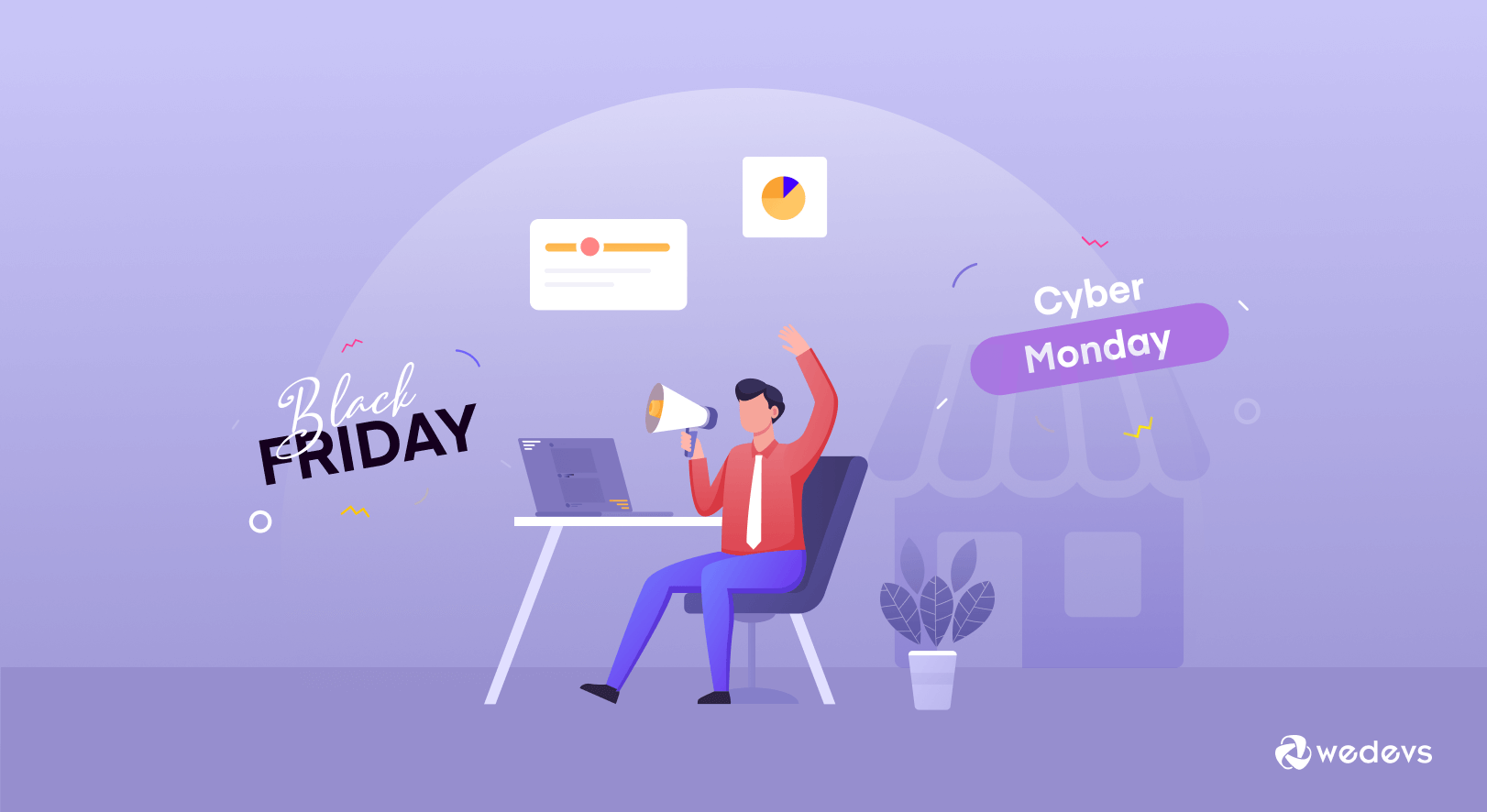
61. Convert Seasonal Buyers
Black Friday attracts many one-time shoppers. Your job is to turn them into regular customers. Collect their data, follow up with personalized offers, and add them to your loyalty or referral programs. You can send them post-sale newsletters featuring new products or upcoming events.
Use this opportunity to highlight your brand’s story, values, and unique qualities. When customers connect emotionally, they’re more likely to come back. Even a small ‘thank you’ or exclusive discount can encourage another purchase.
62. Collect Customer Data
Data is your greatest asset after a big event like Black Friday. Gather customer details such as email addresses, purchase preferences, and product interests. This information helps you plan targeted marketing for the future. Be transparent about data usage and always follow privacy rules.
Store and segment the data properly for better insights. You can identify your top customers, frequent buyers, and potential high-value segments. The more you learn about your customers, the more effectively you can serve them in future campaigns.
63. Save Successful Assets
After the campaign ends, don’t delete everything. Save all the successful marketing assets, like email templates, ad creatives, banner designs, and social media captions. These resources can guide you when planning next year’s campaign. Note which designs had the best click-through rates.
Having a library of proven materials saves time and ensures consistency in your brand voice. You can repurpose high-performing assets with minor updates instead of starting from scratch. This method keeps your marketing efficient and effective.
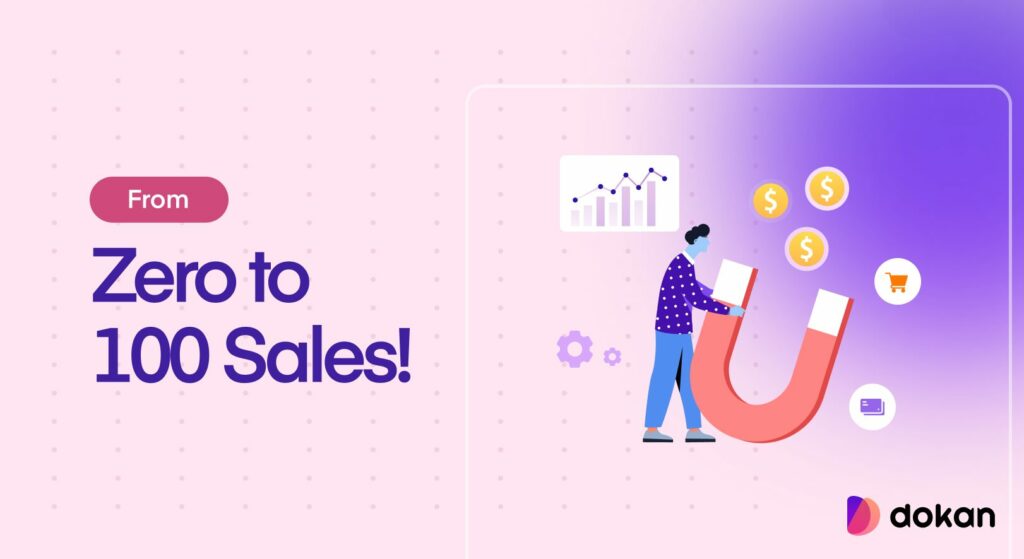
64. Record Key Learnings
Once your Black Friday campaign is over, it’s important to document everything you learned. Sit with your marketing, sales, and support teams to review what worked and what failed. Write down details like top-selling products, best-performing ad formats, and customer feedback trends.
Also note any internal issues, such as slow website loading or fulfillment delays. This record will become your playbook for next year. When the next BFCM season arrives, you won’t have to start from zero. Instead, you’ll have a clear idea of what to improve and what to repeat.
Final Takeaways!
Black Friday is not just about offering massive discounts. It’s also about building a strong, well-coordinated system that delivers a smooth shopping experience from start to finish. Many businesses fail not because their offers are weak, but because their planning lacks balance between marketing, operations, and customer experience.
The real goal should be to create a shopping journey that feels easy, fast, and trustworthy. When everything, from website speed to post-sale support, runs in harmony, customers remember your brand for more than just one big sale. That’s how real brand loyalty begins.
Hope you enjoyed all the points we have covered above. If there is anything more you want to know but haven’t been covered above, mention it in the comment box below. Our team will get back to you very soon with a viable answer.
Subscribe to
Dokan blog
We send weekly newsletters, no spam for sure!


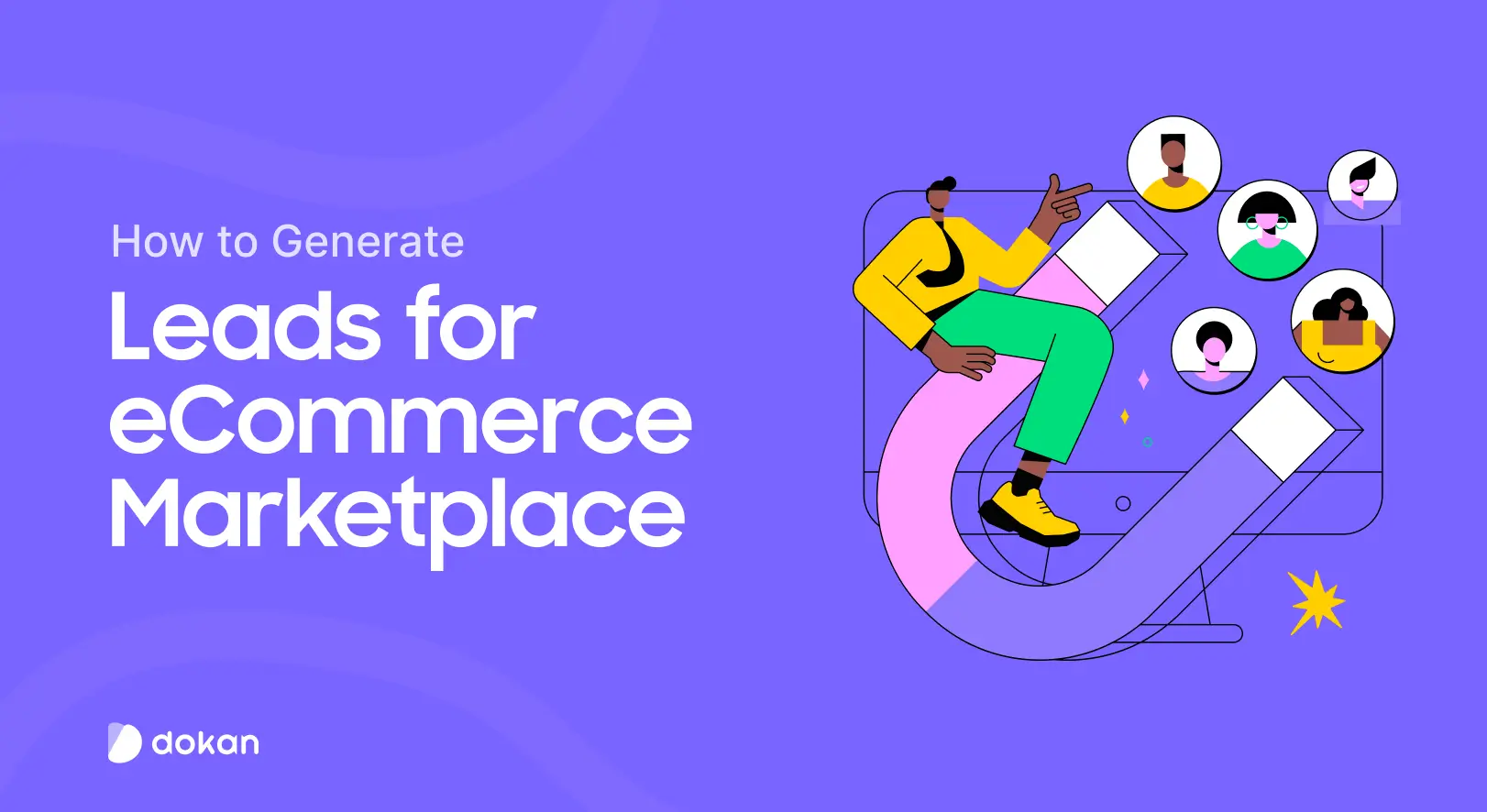
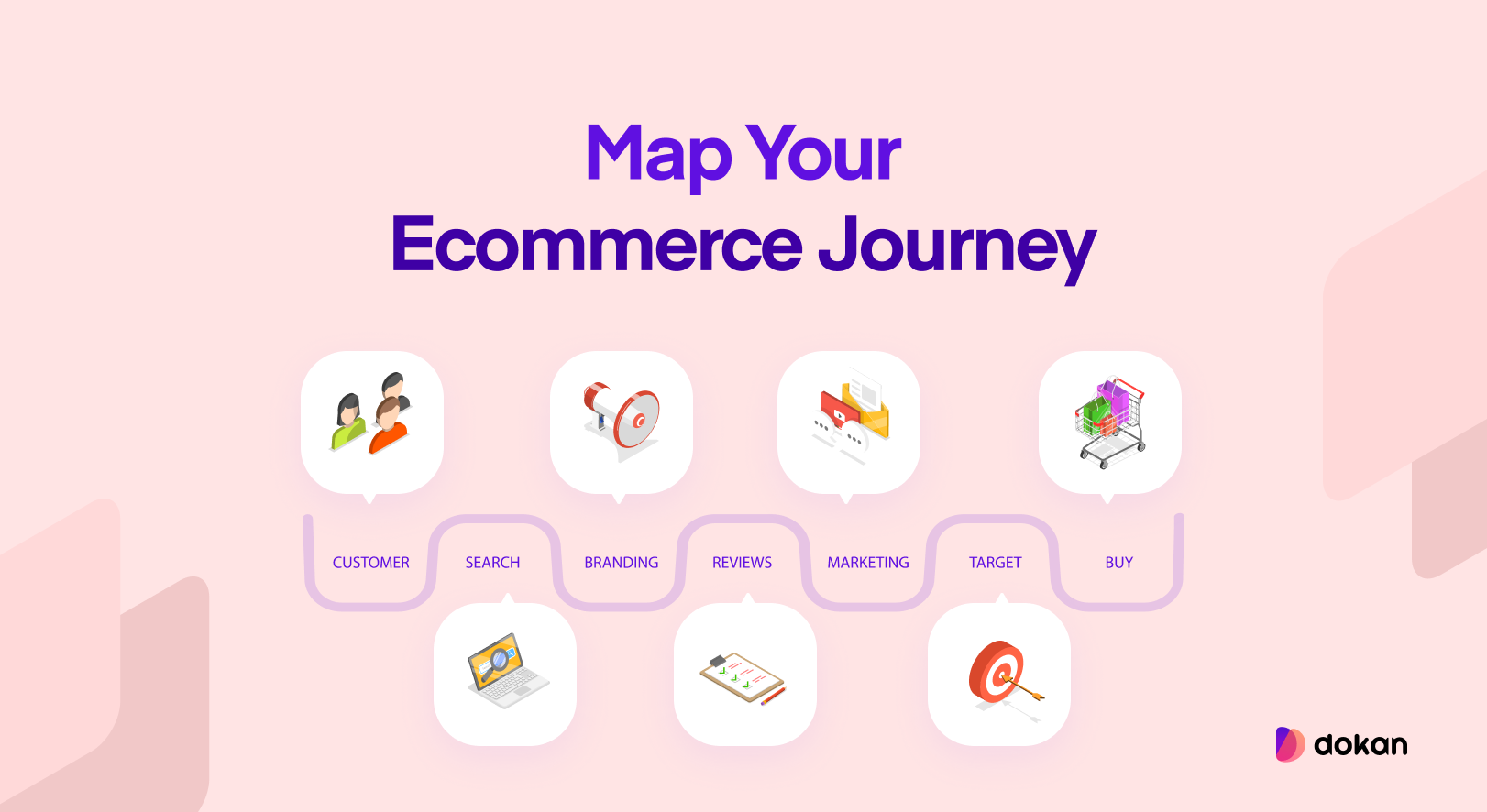
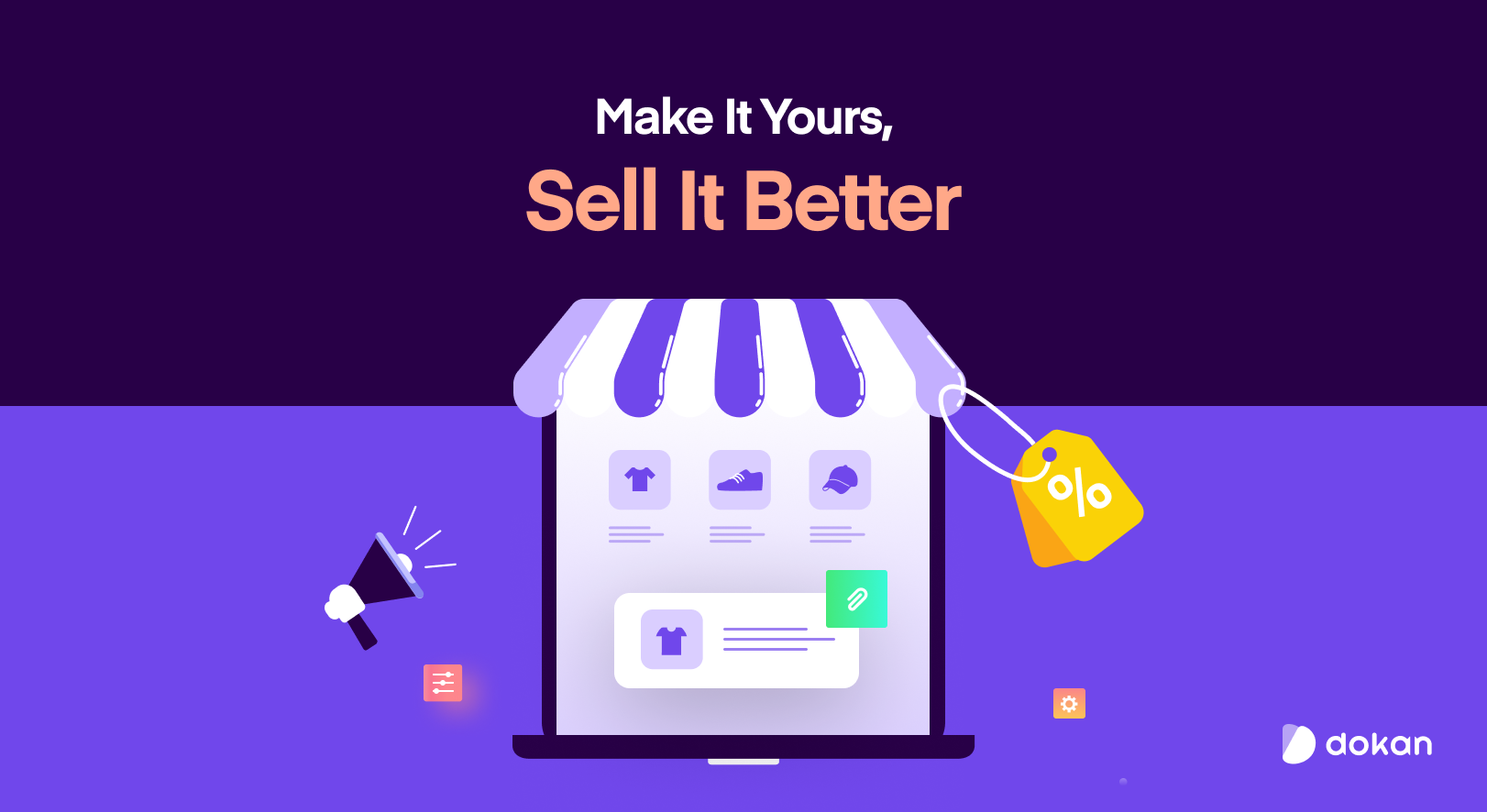

Leave a Reply